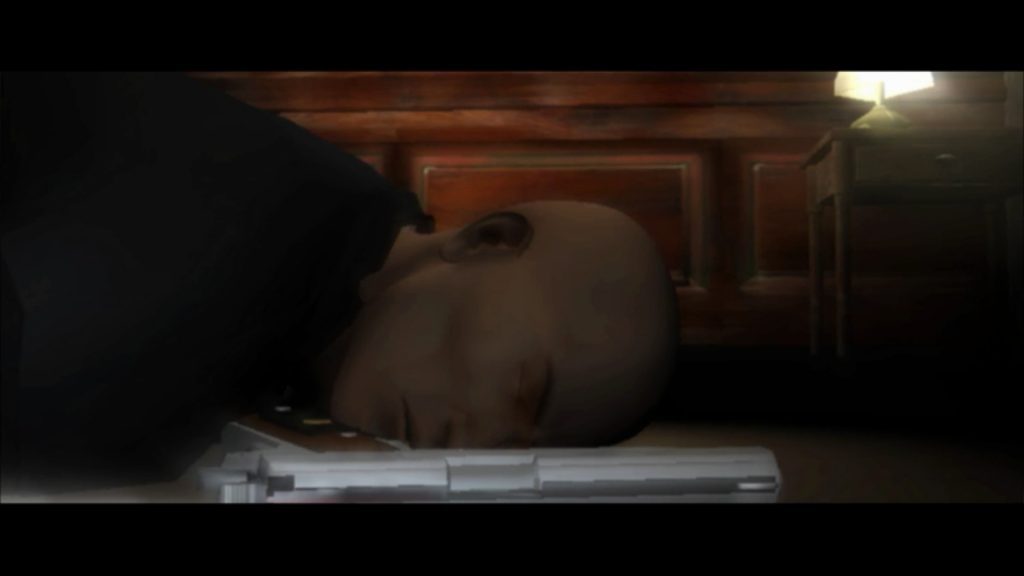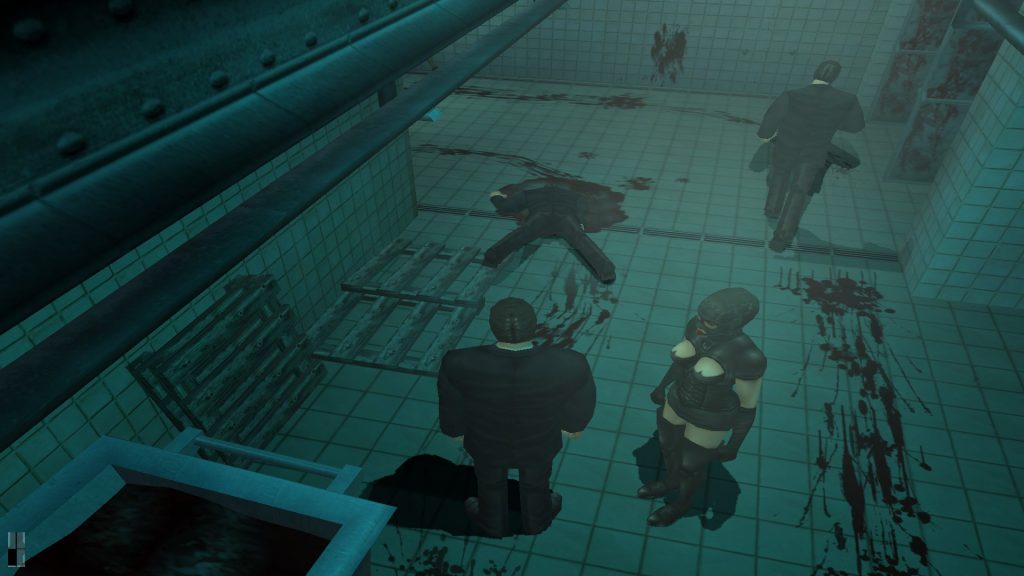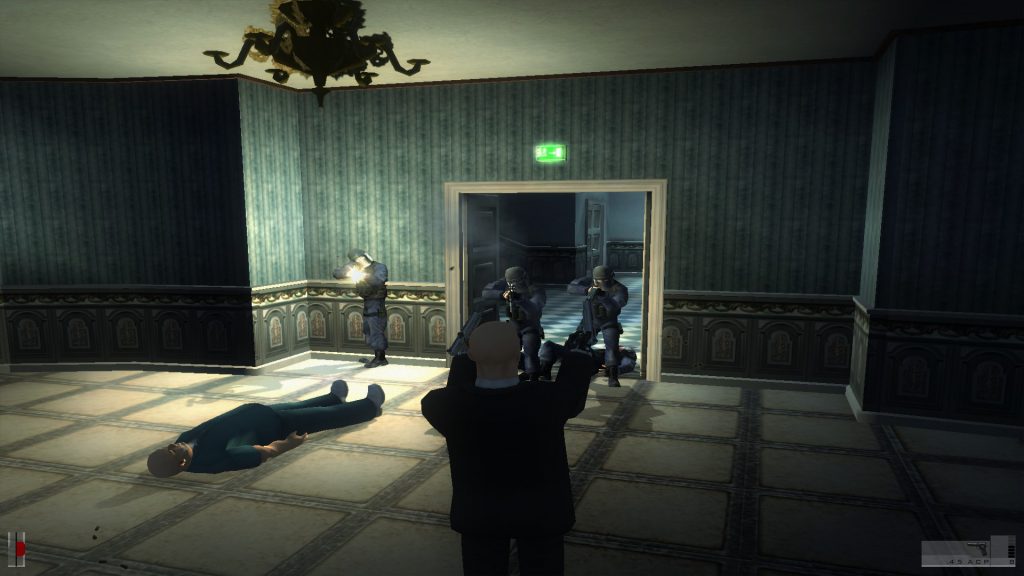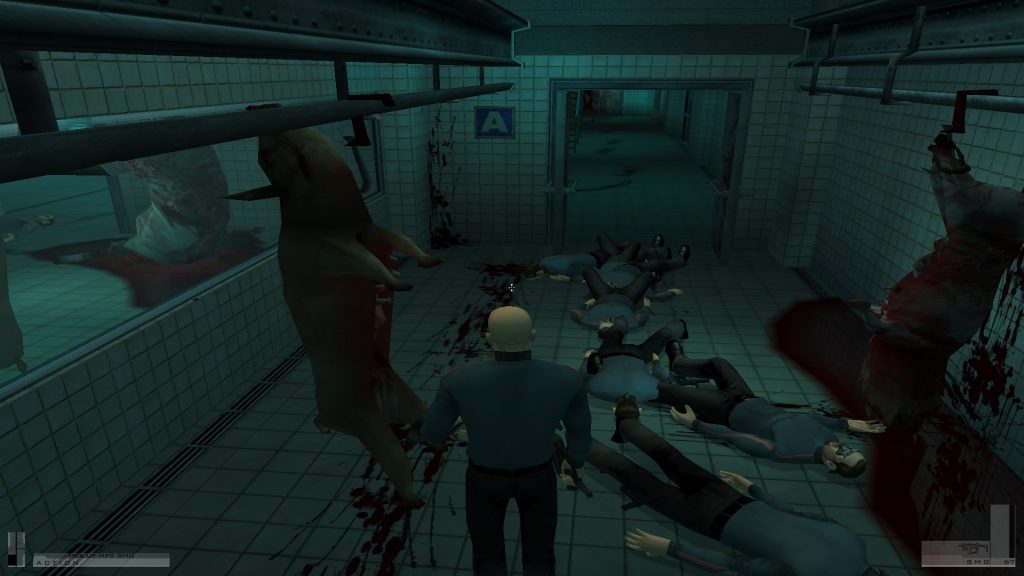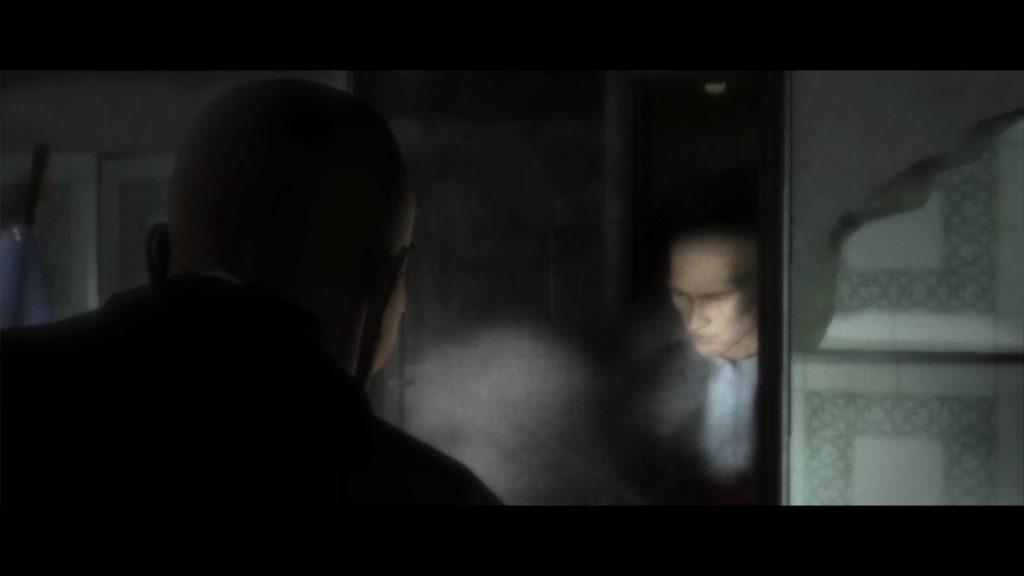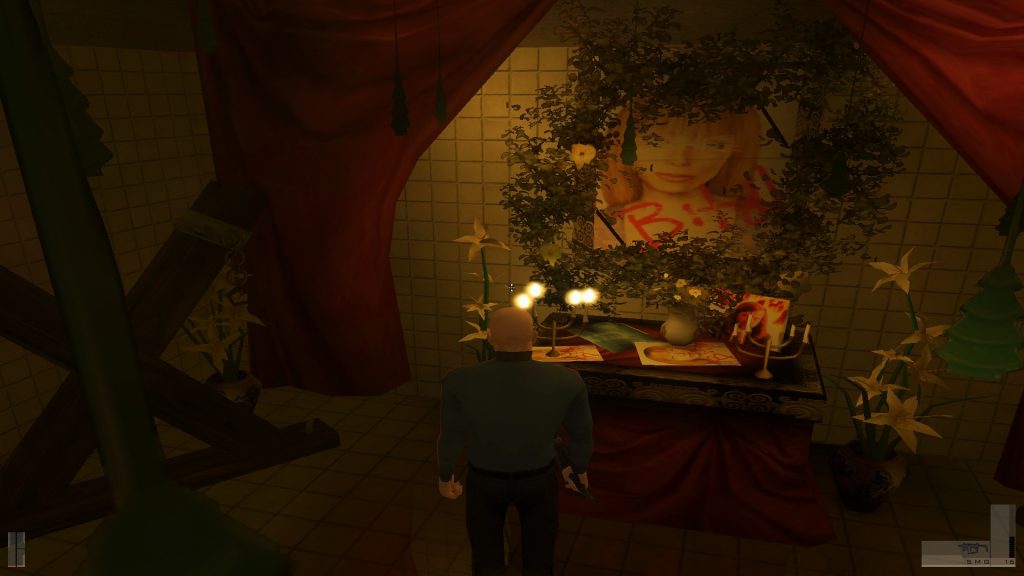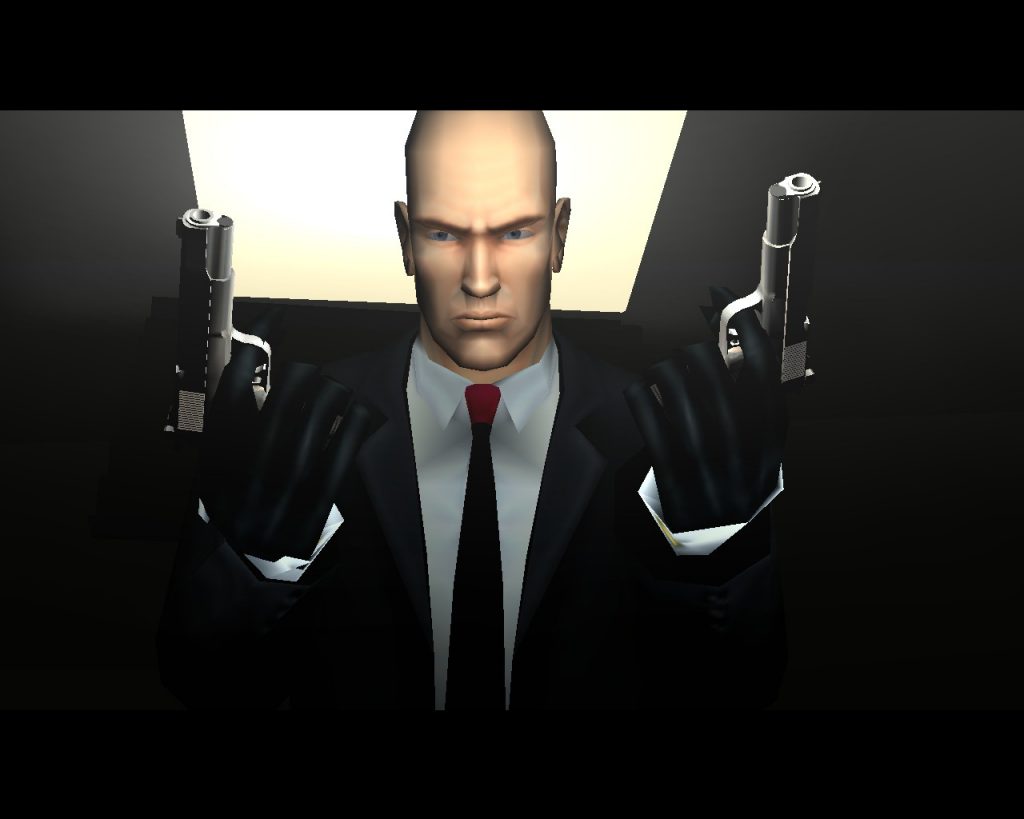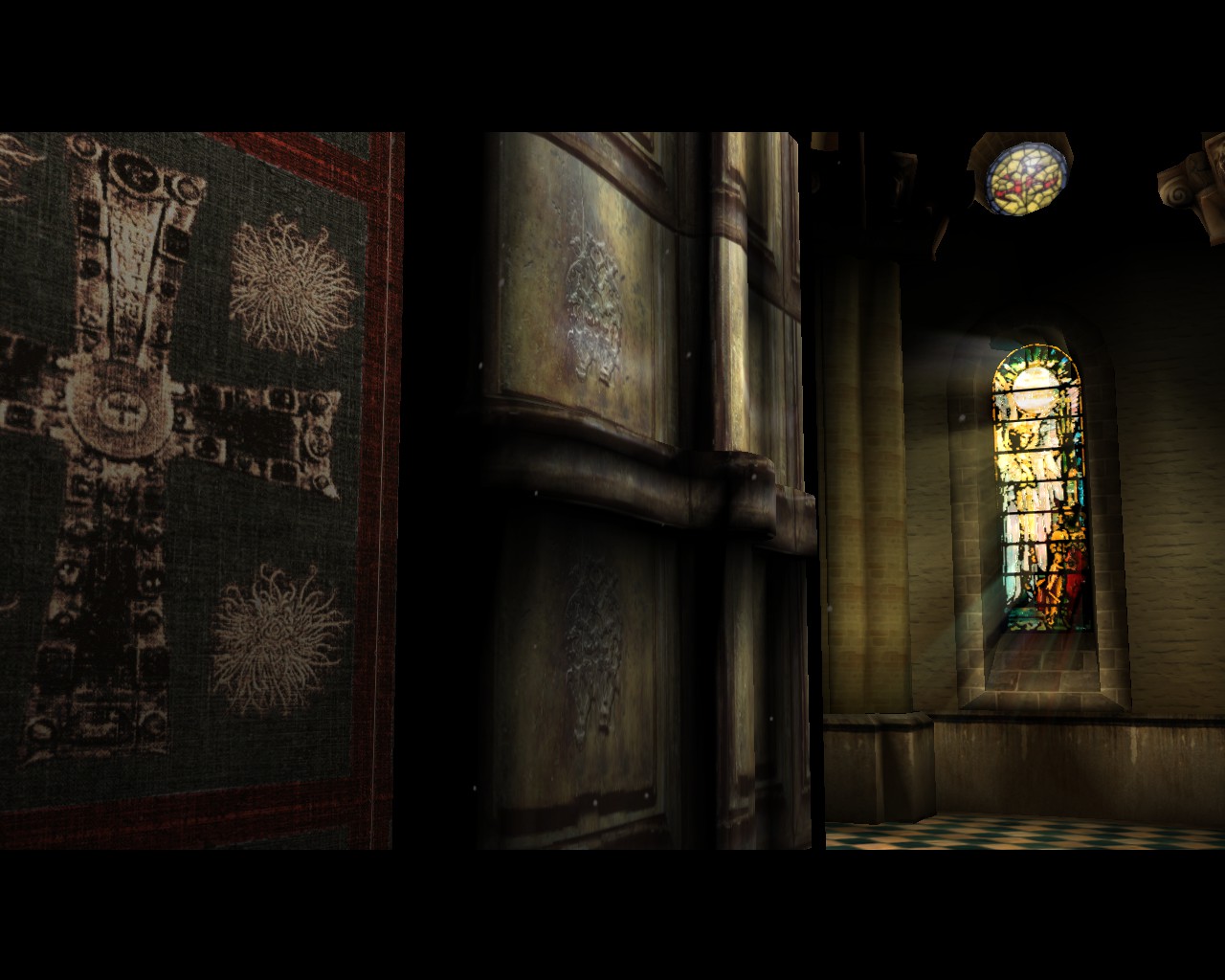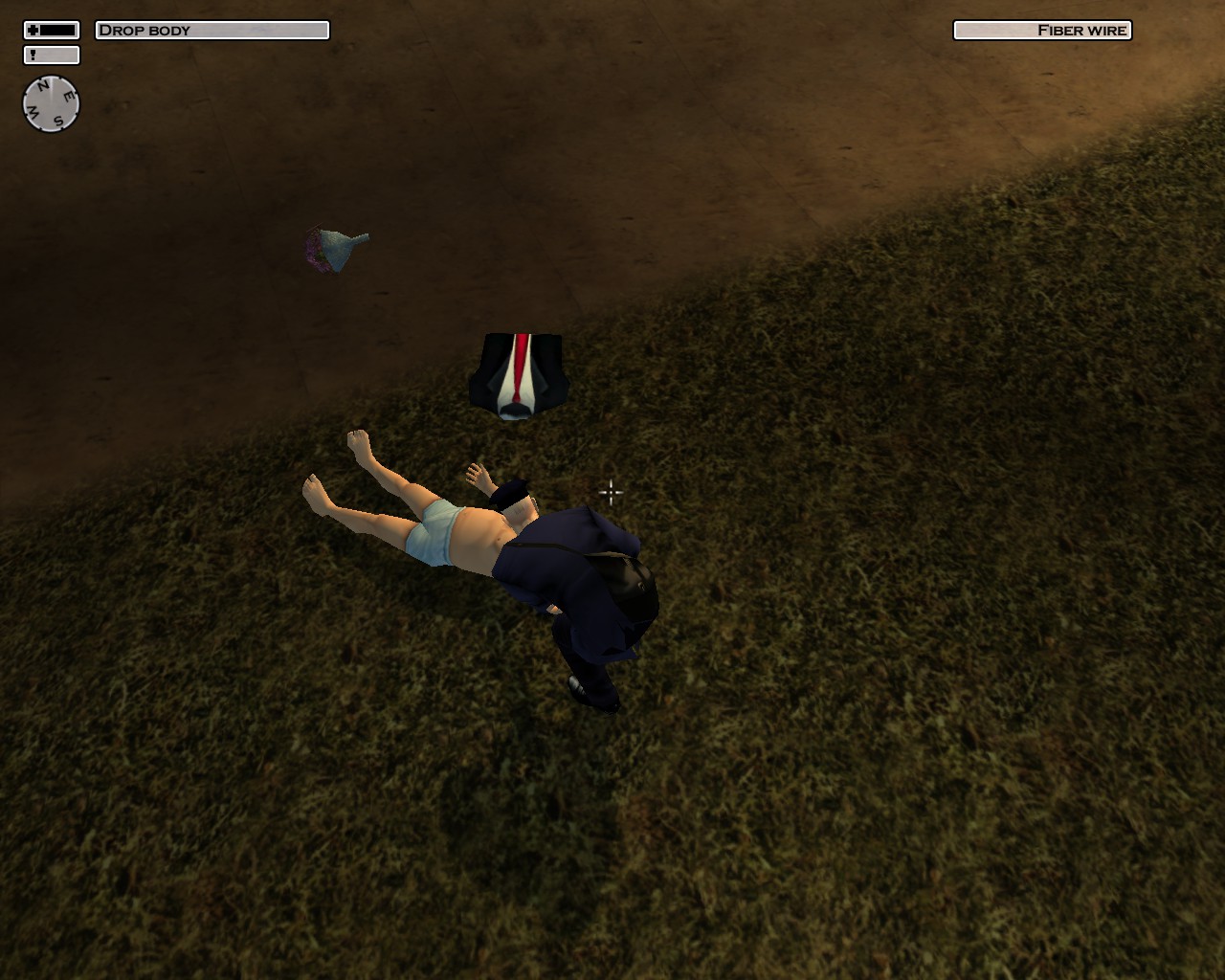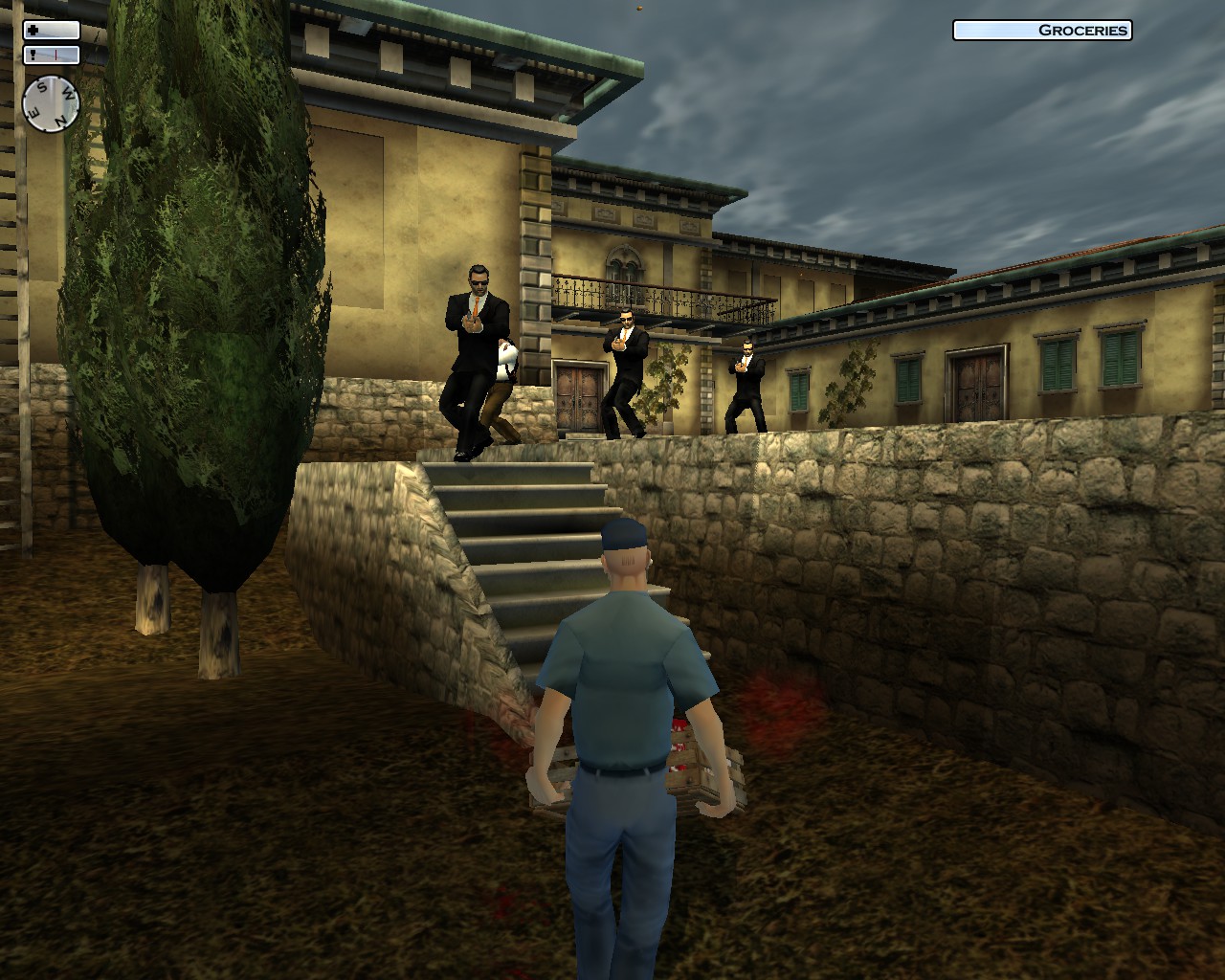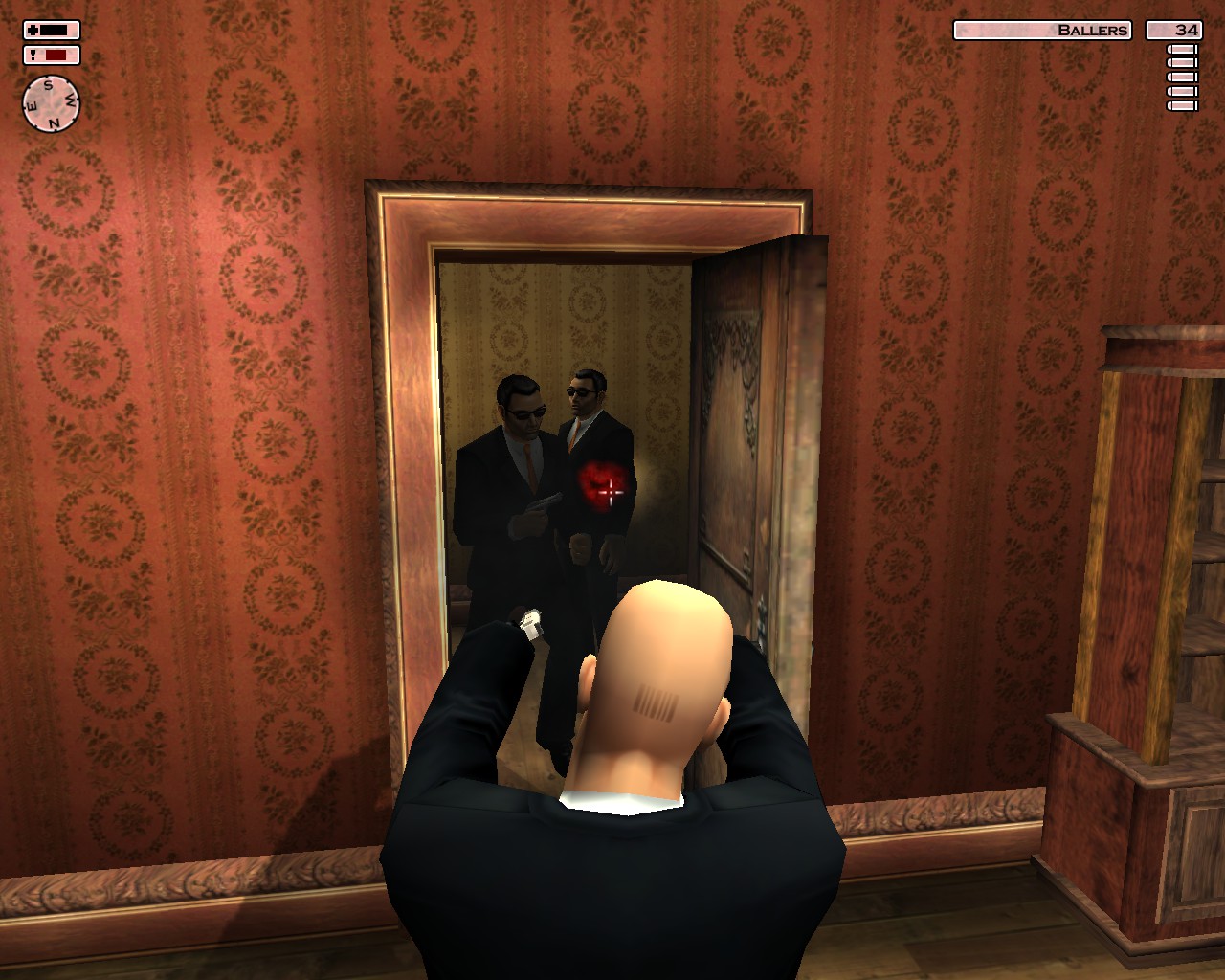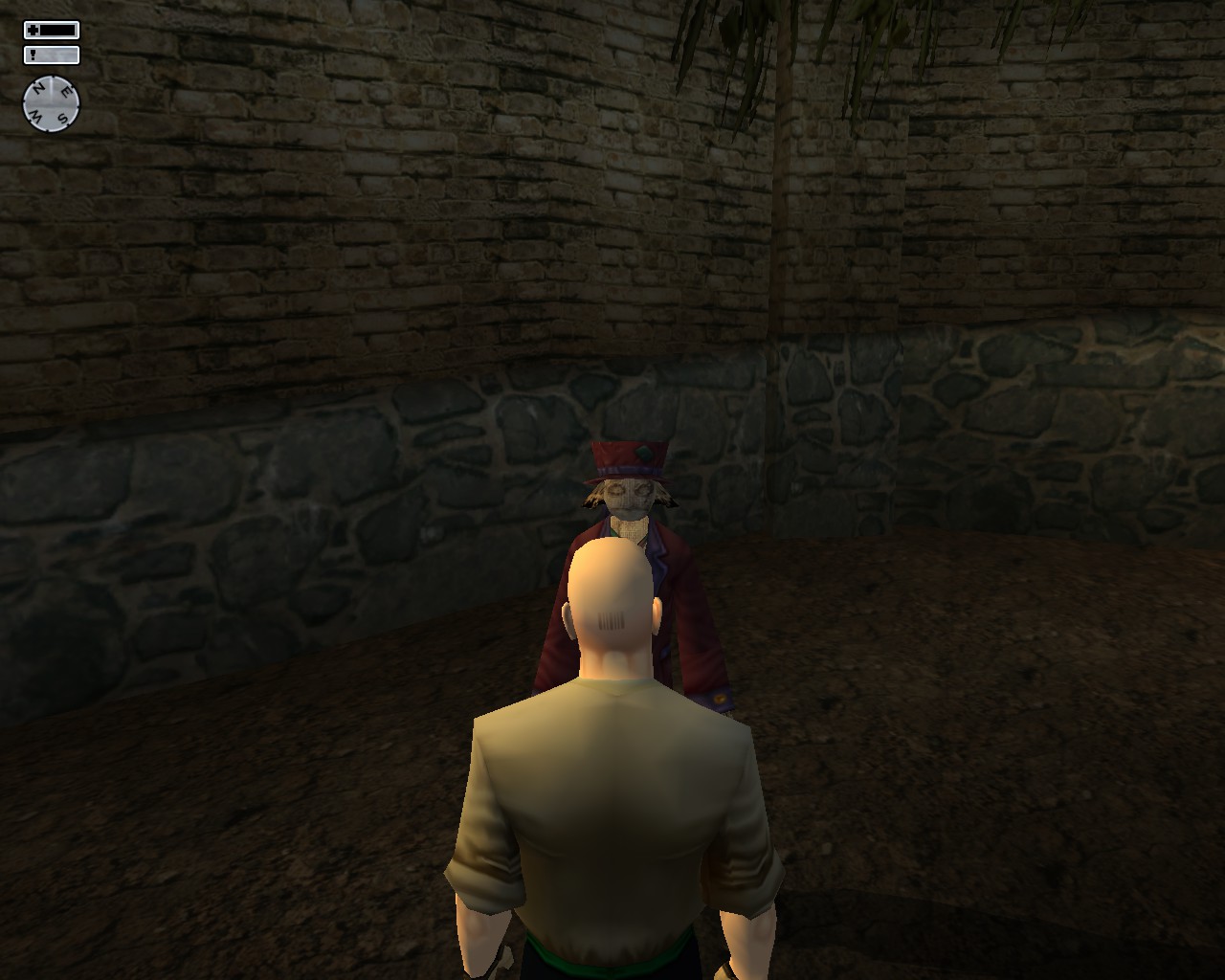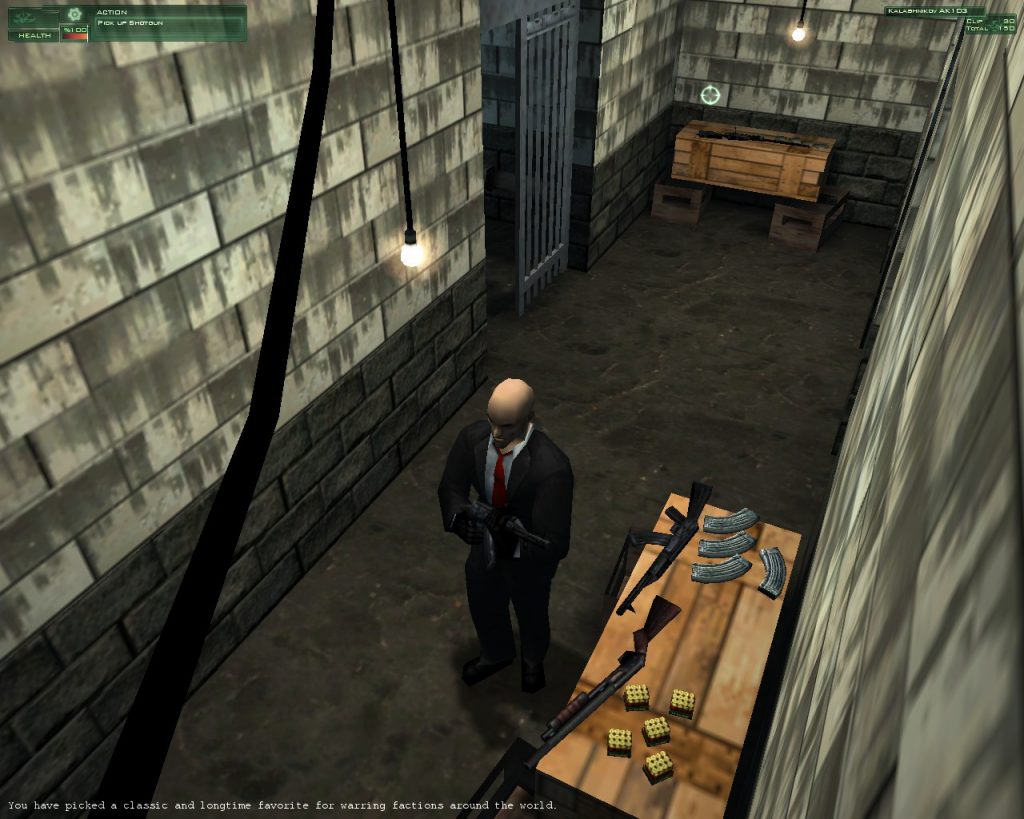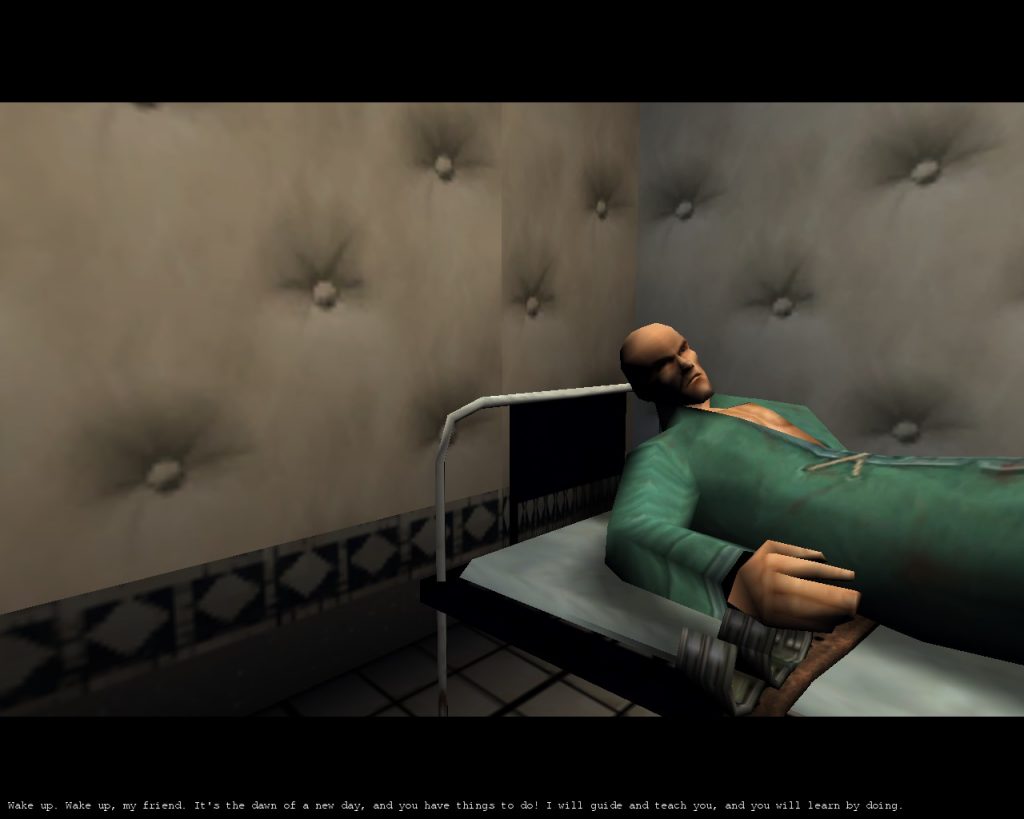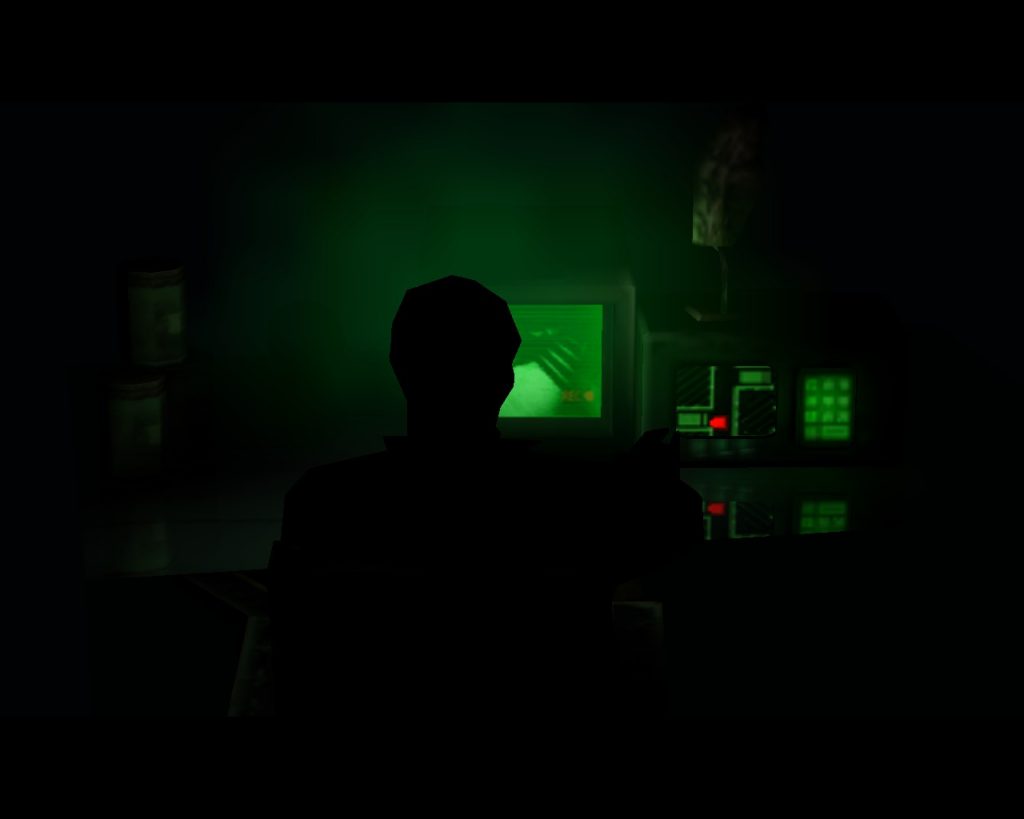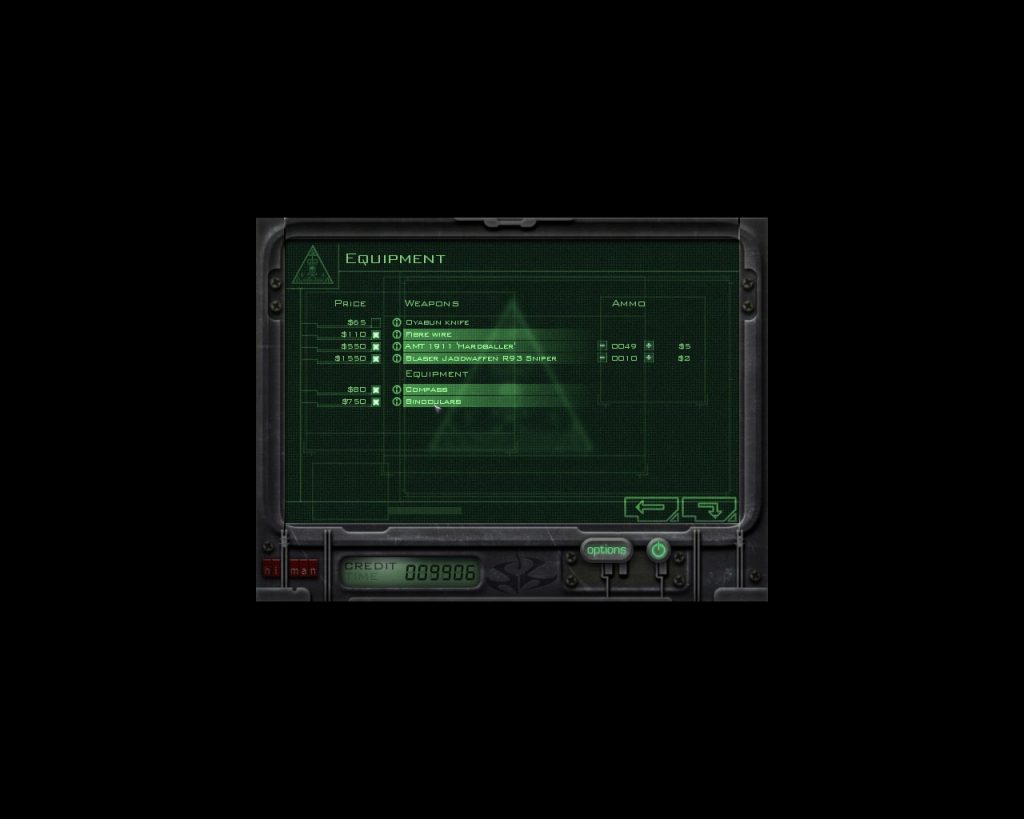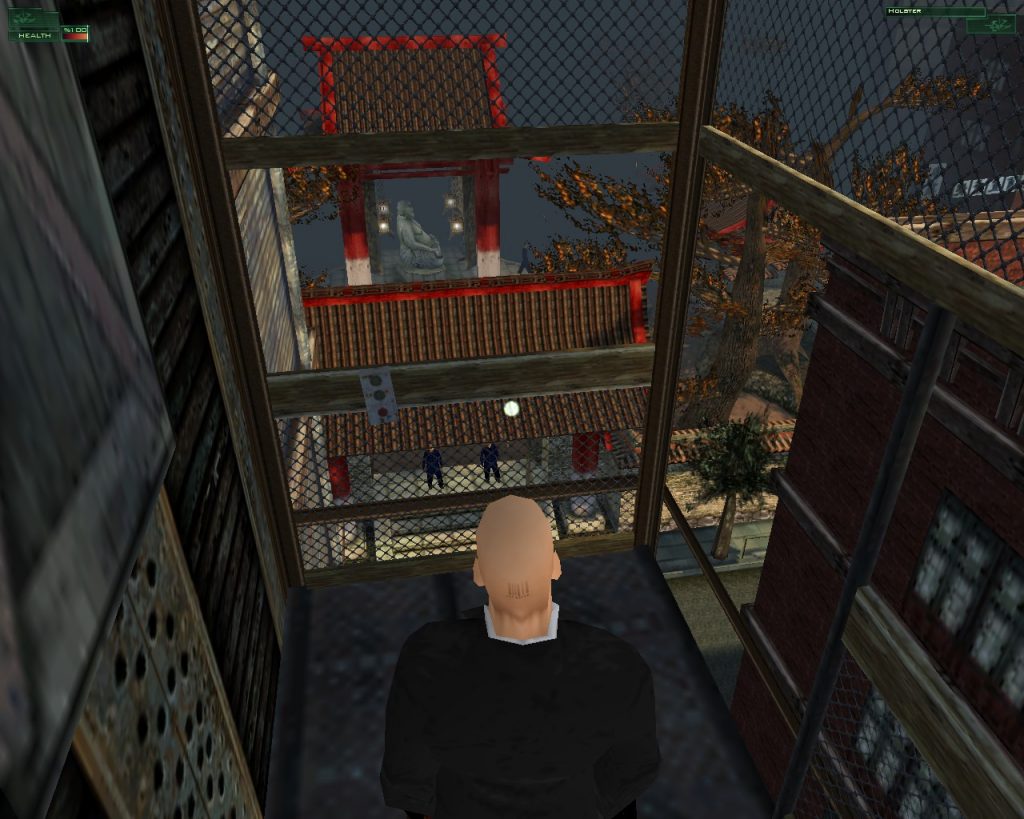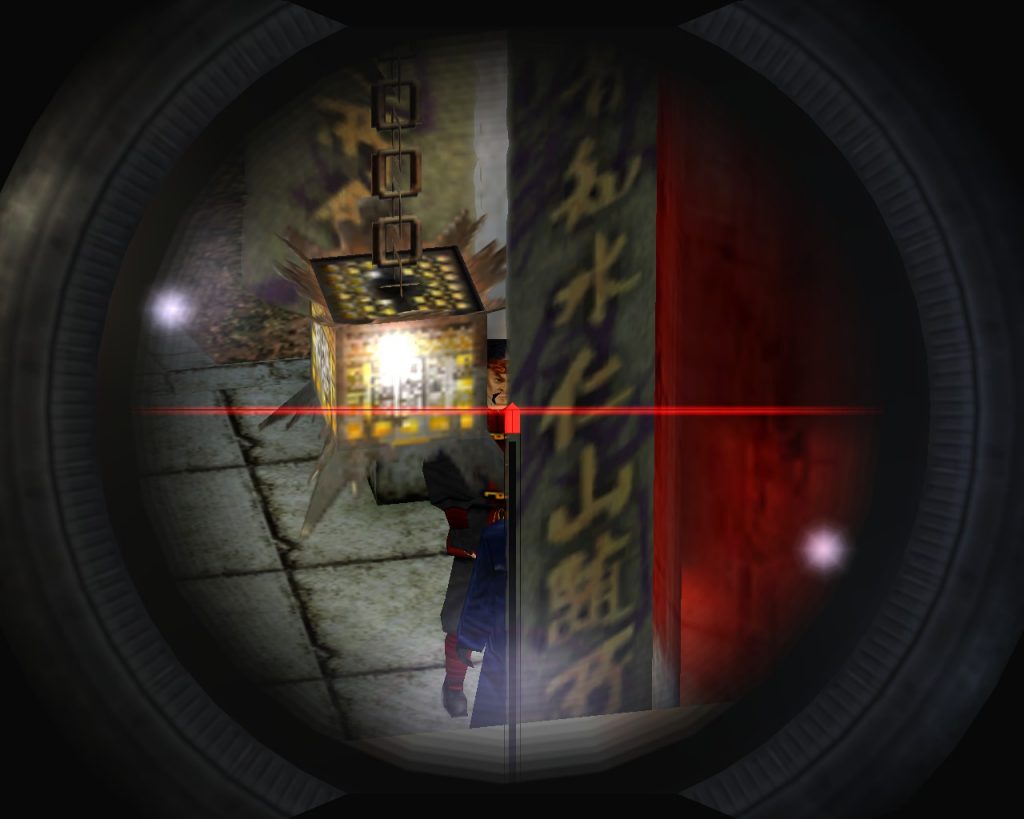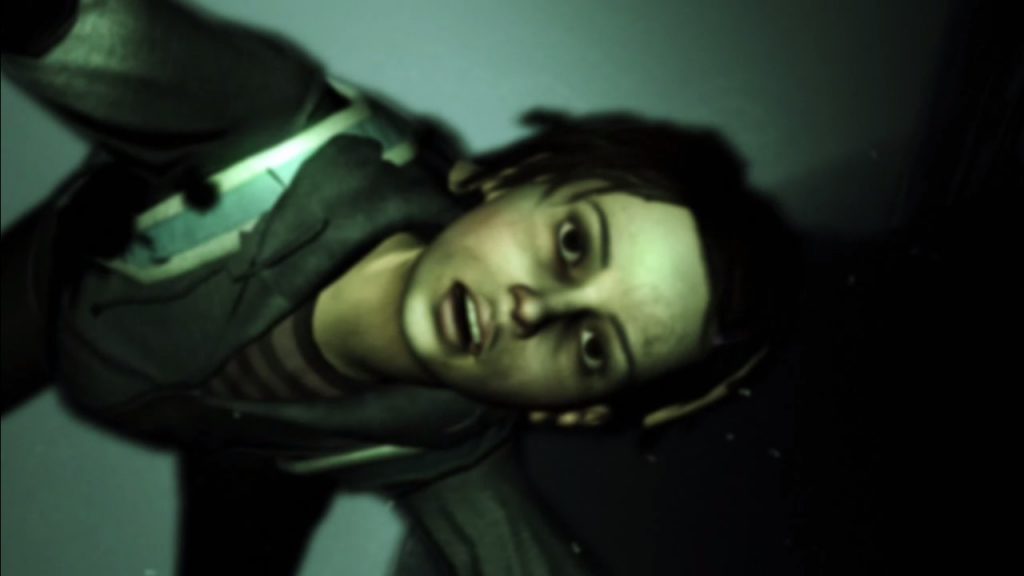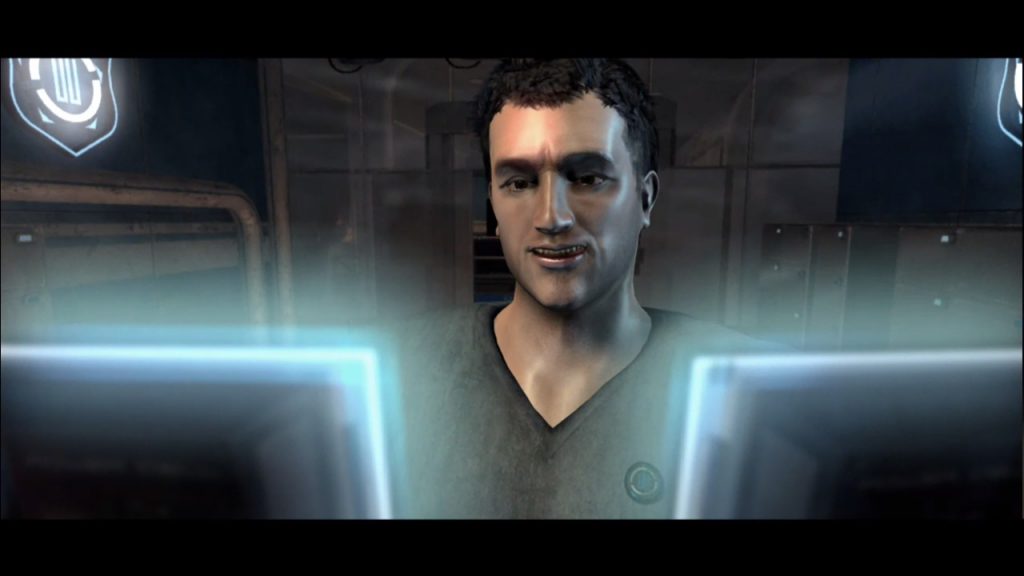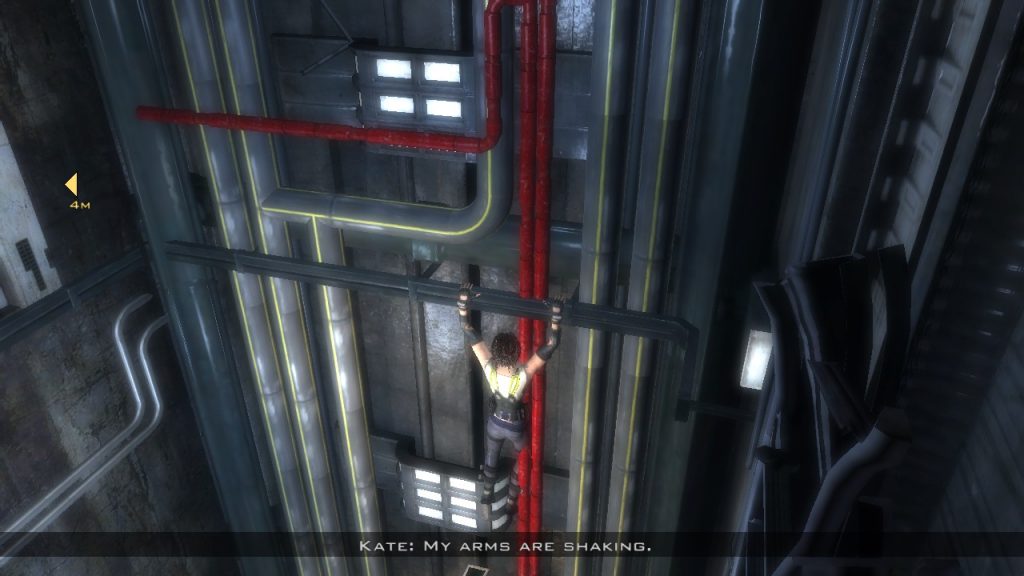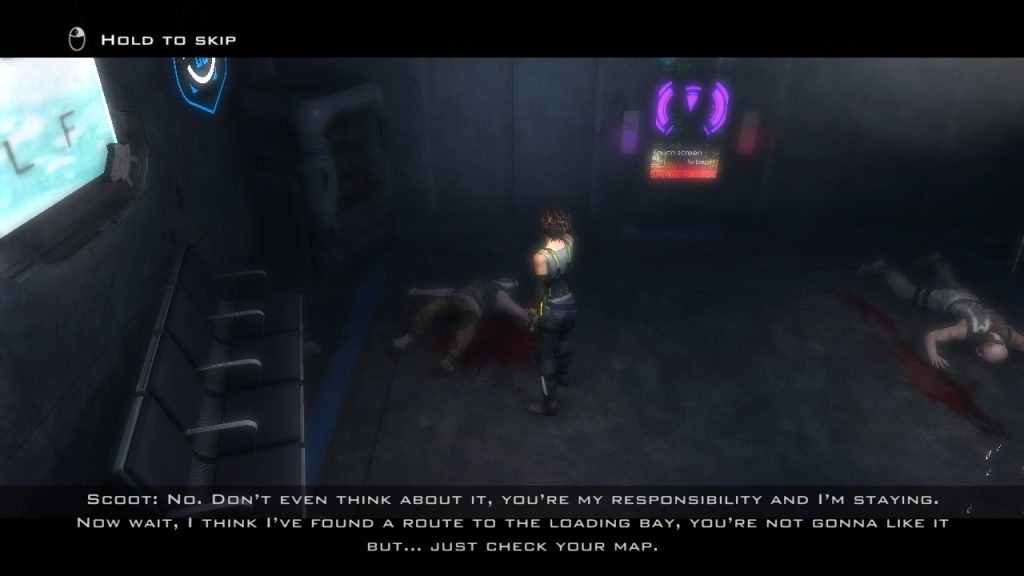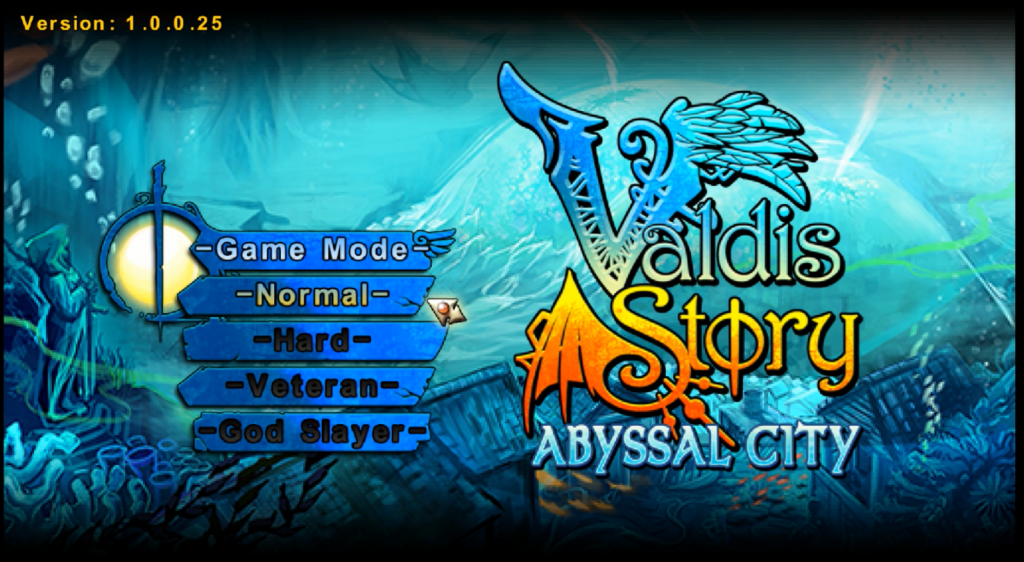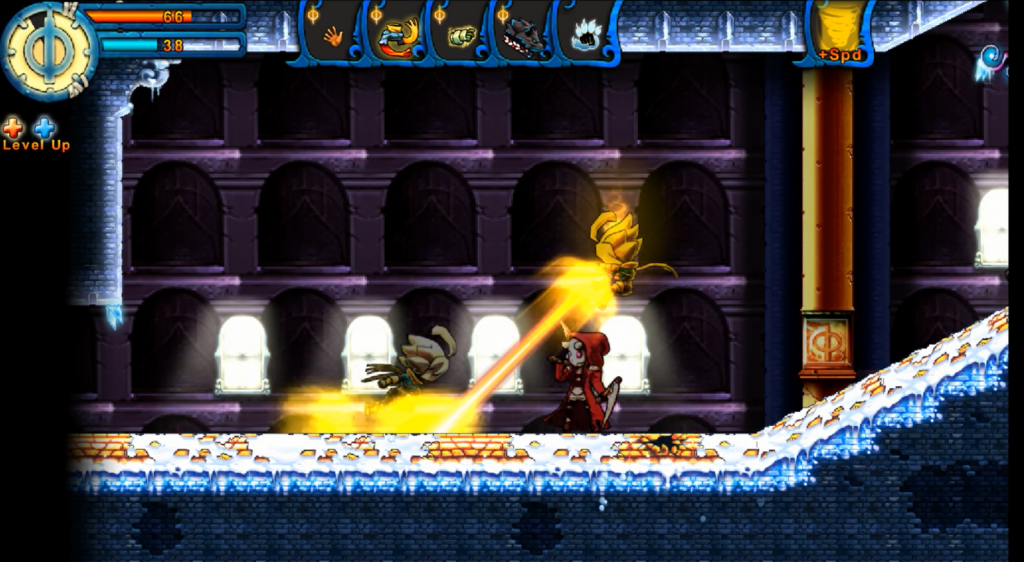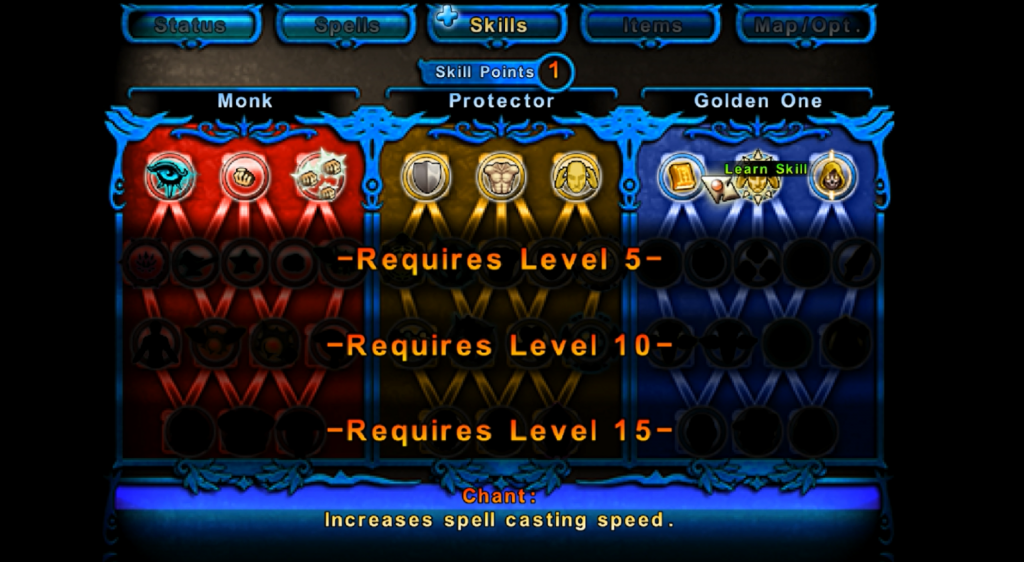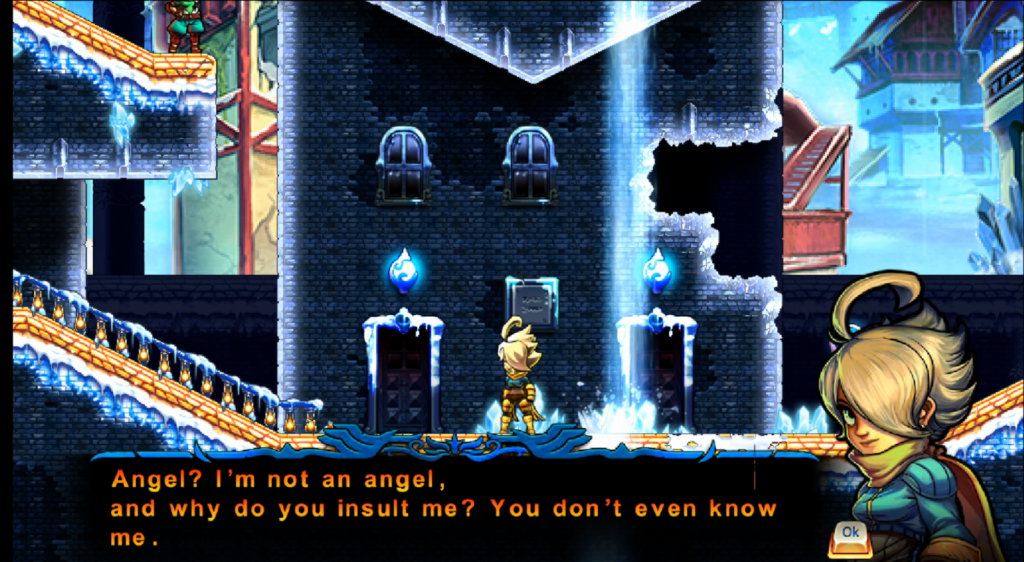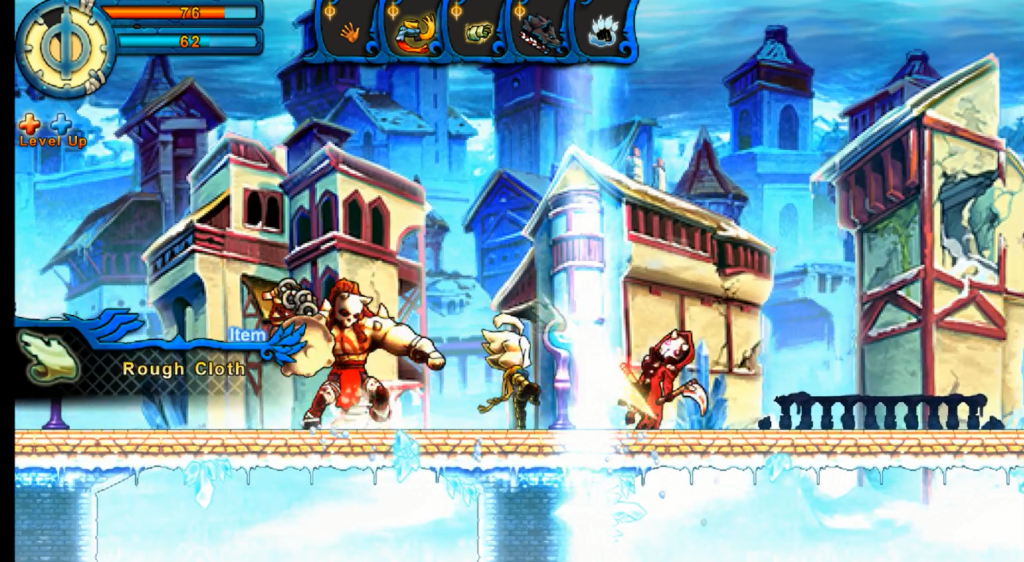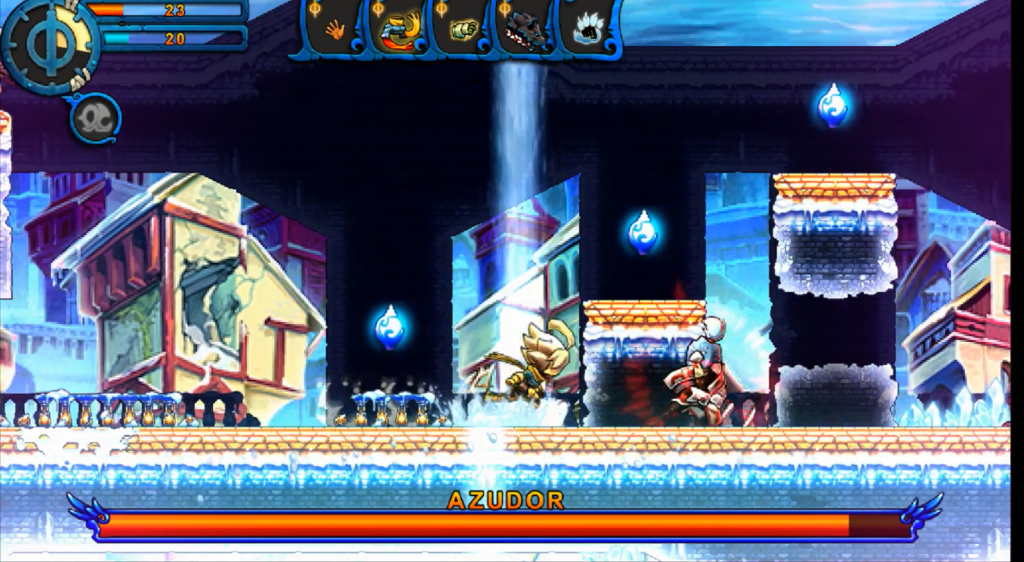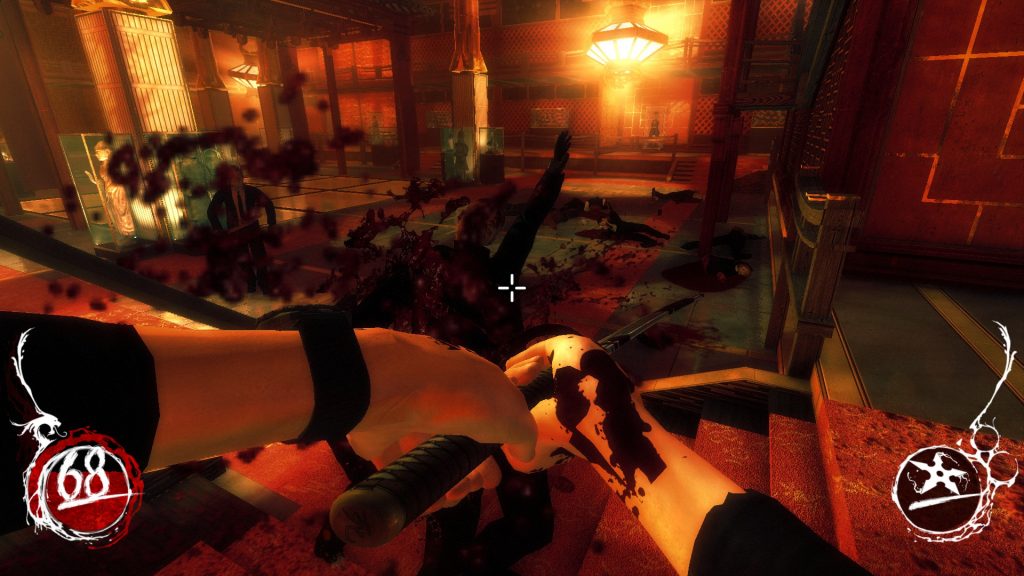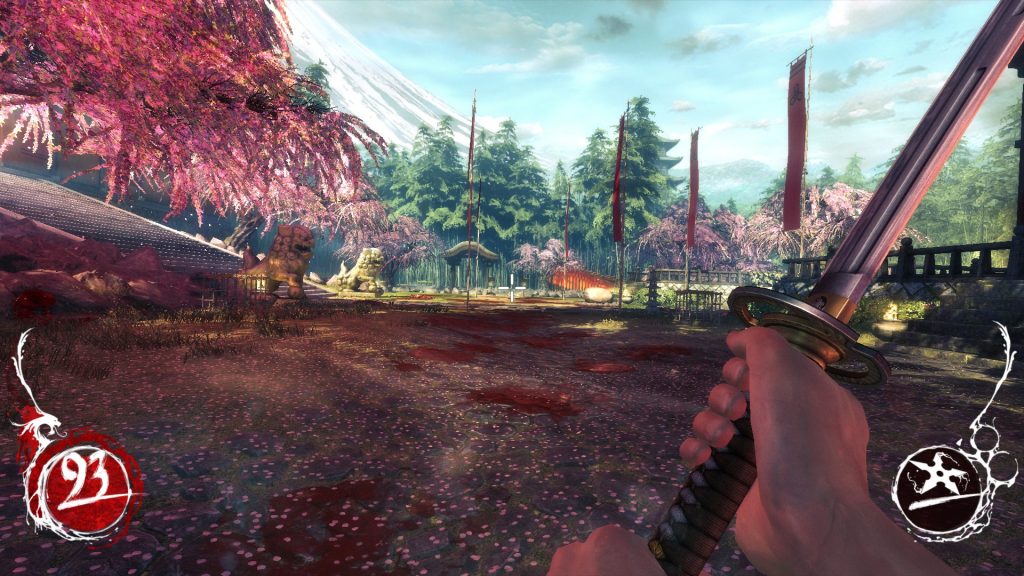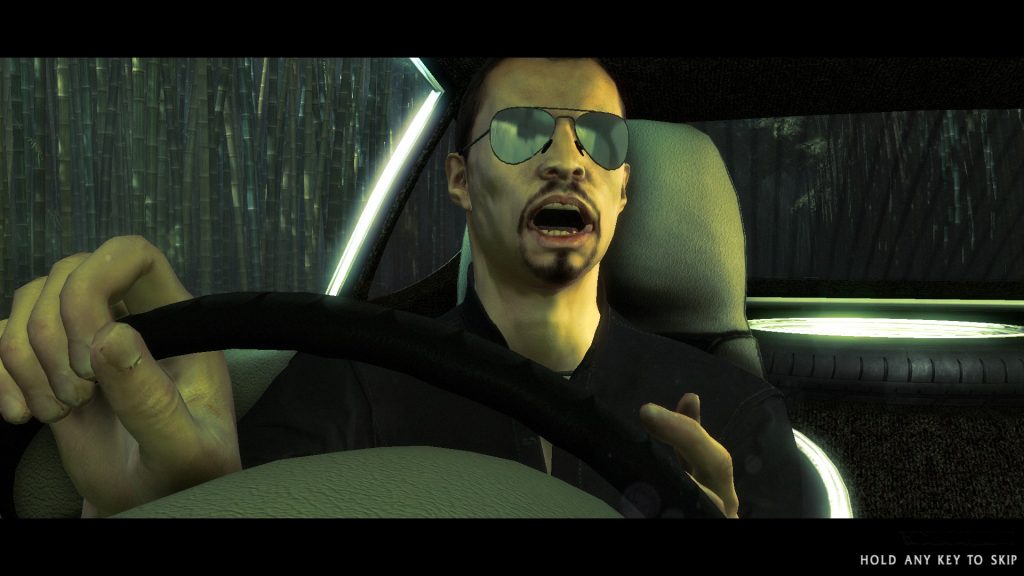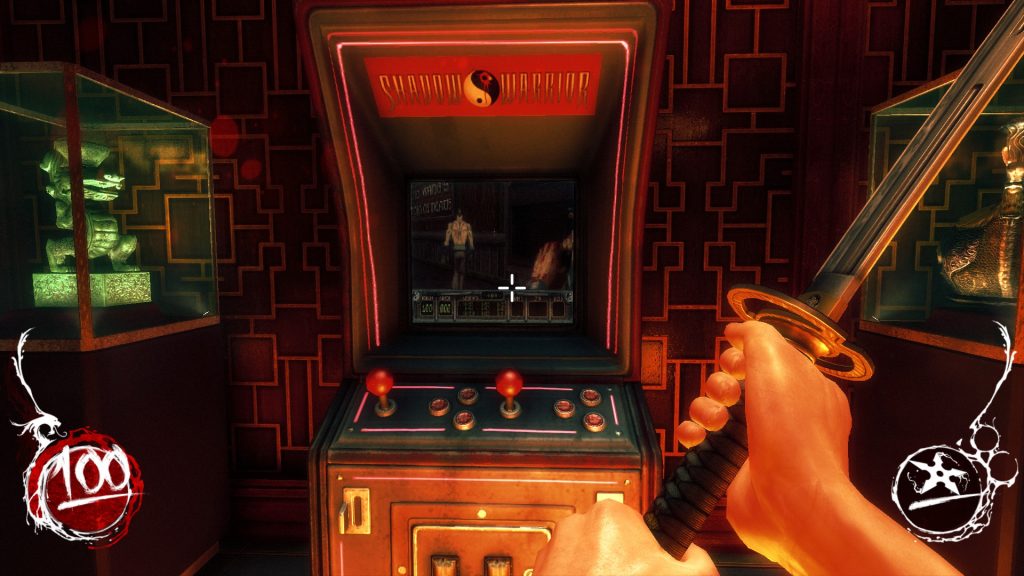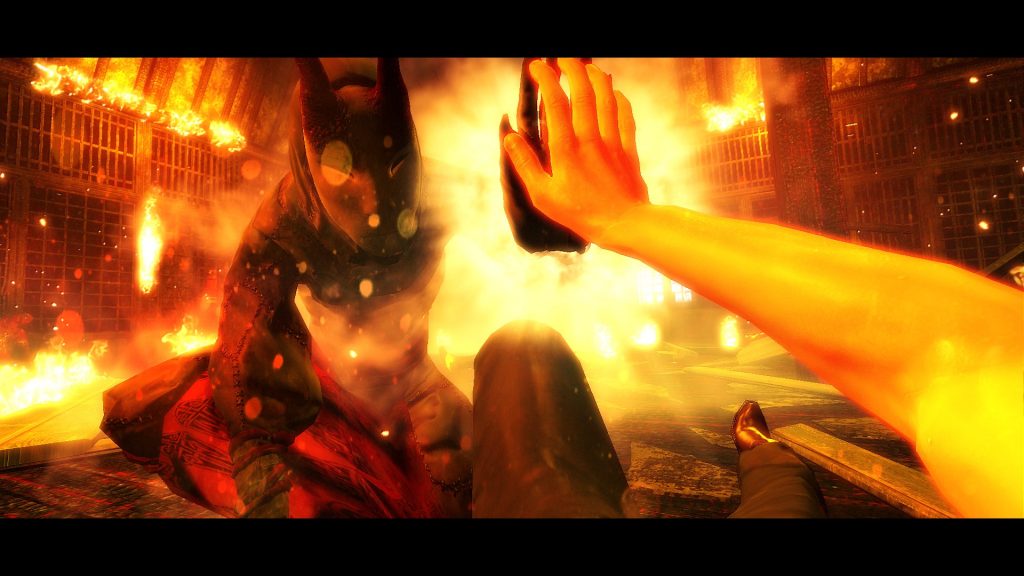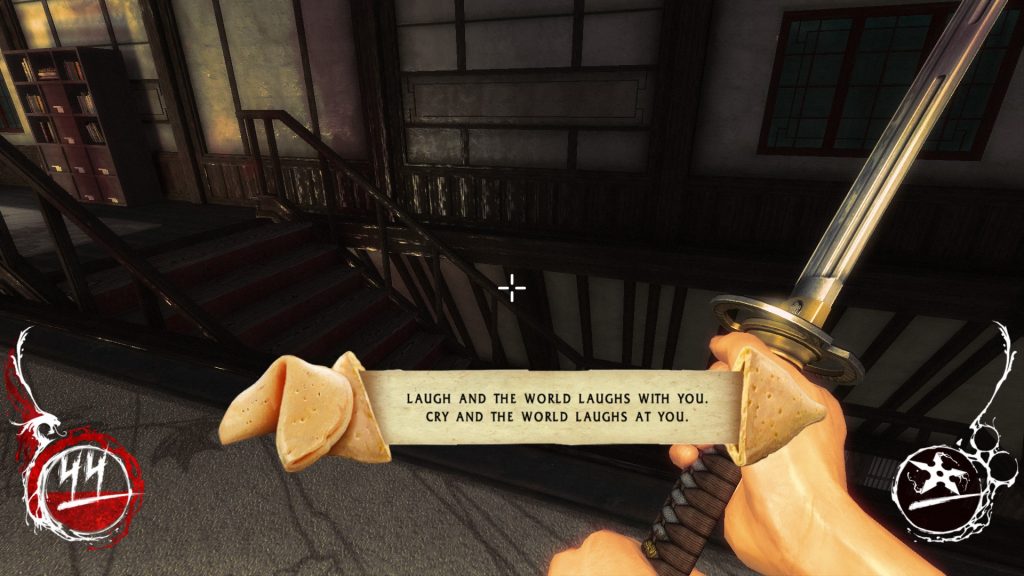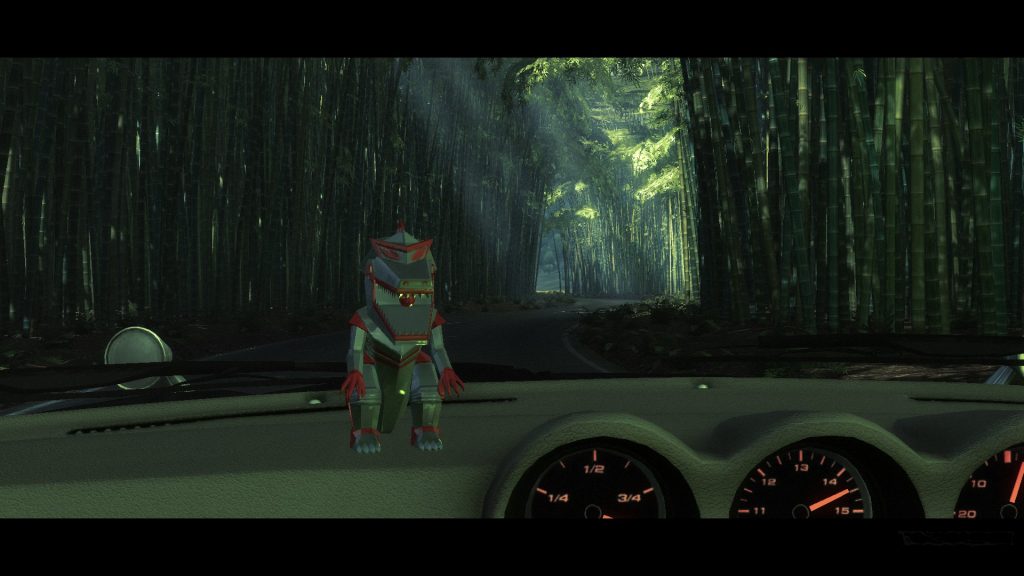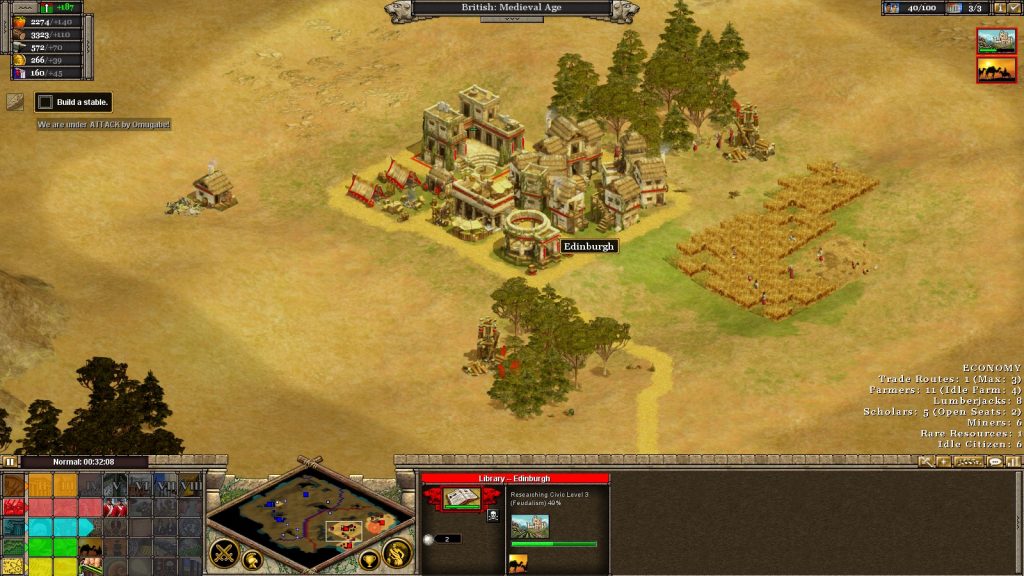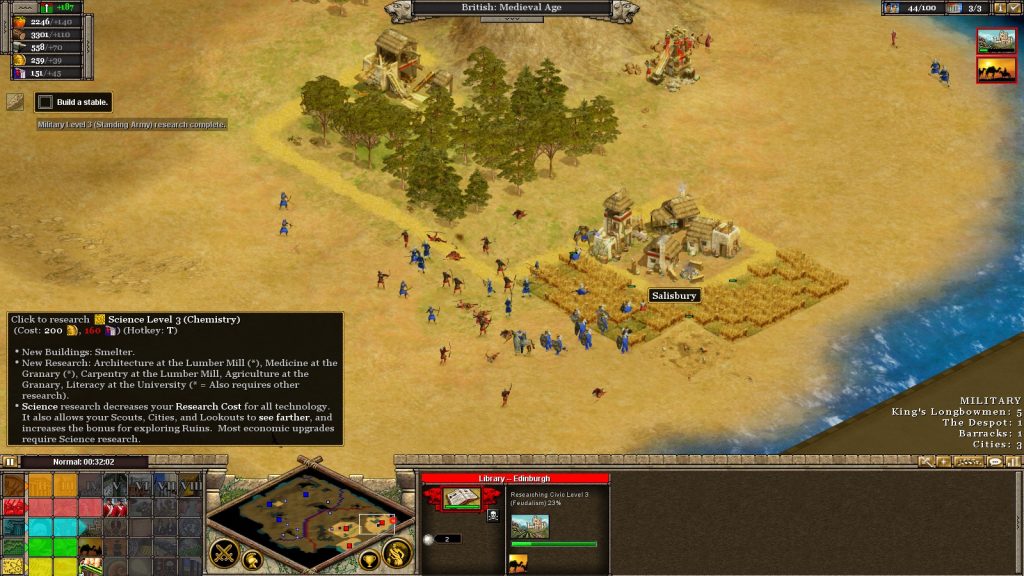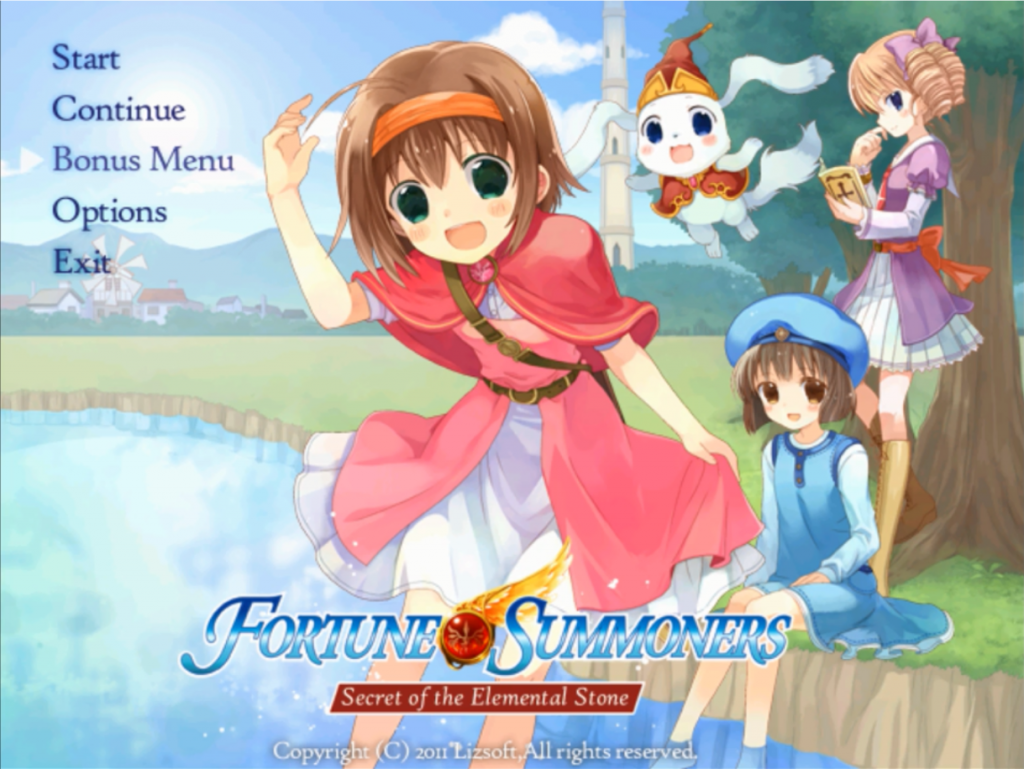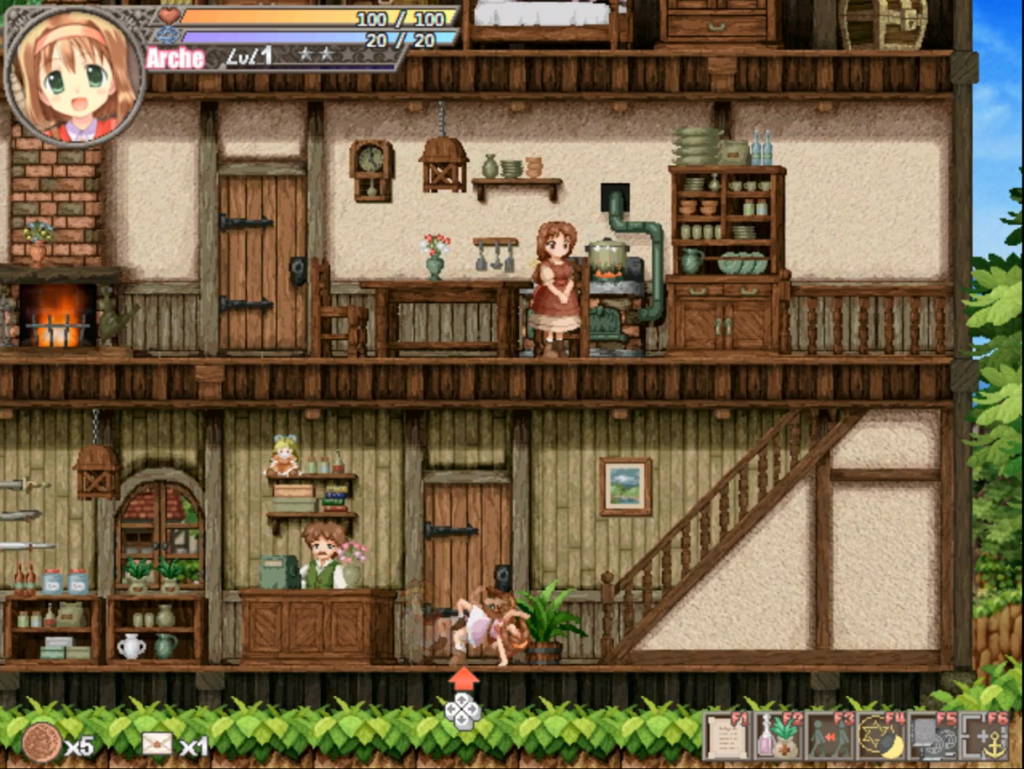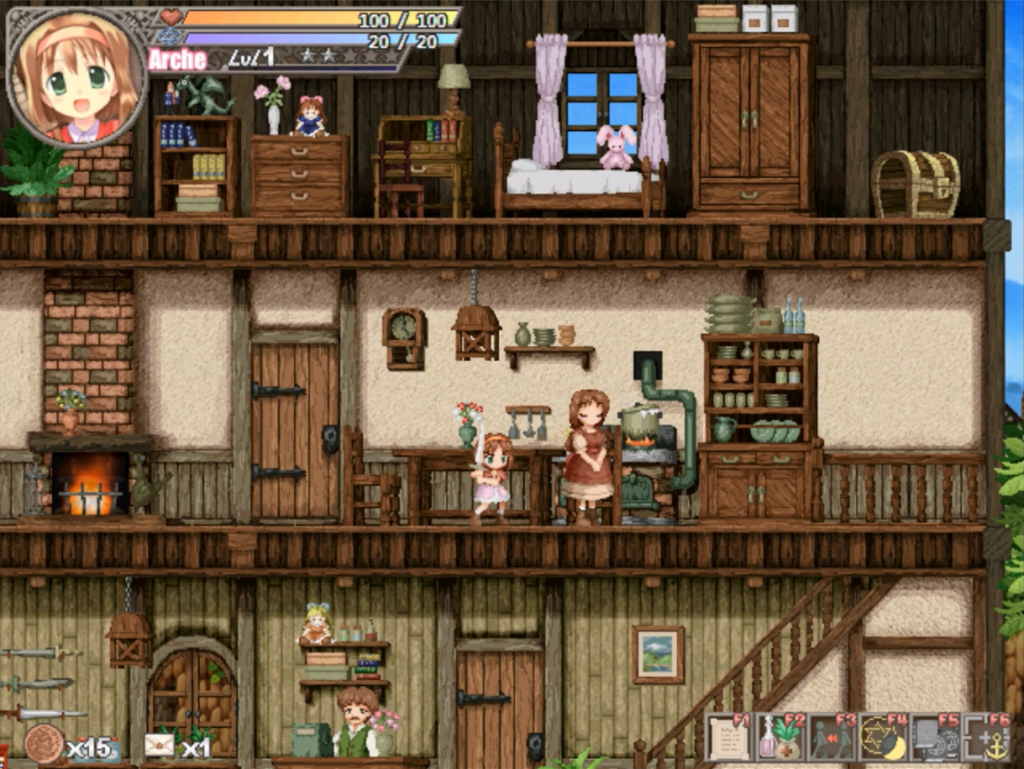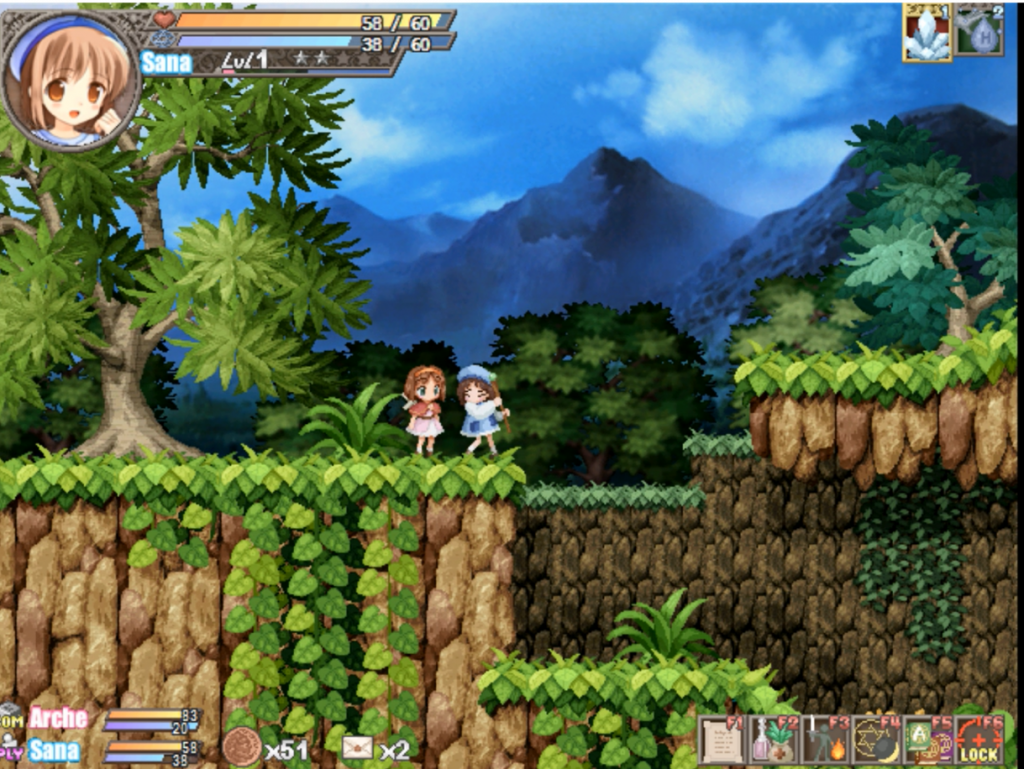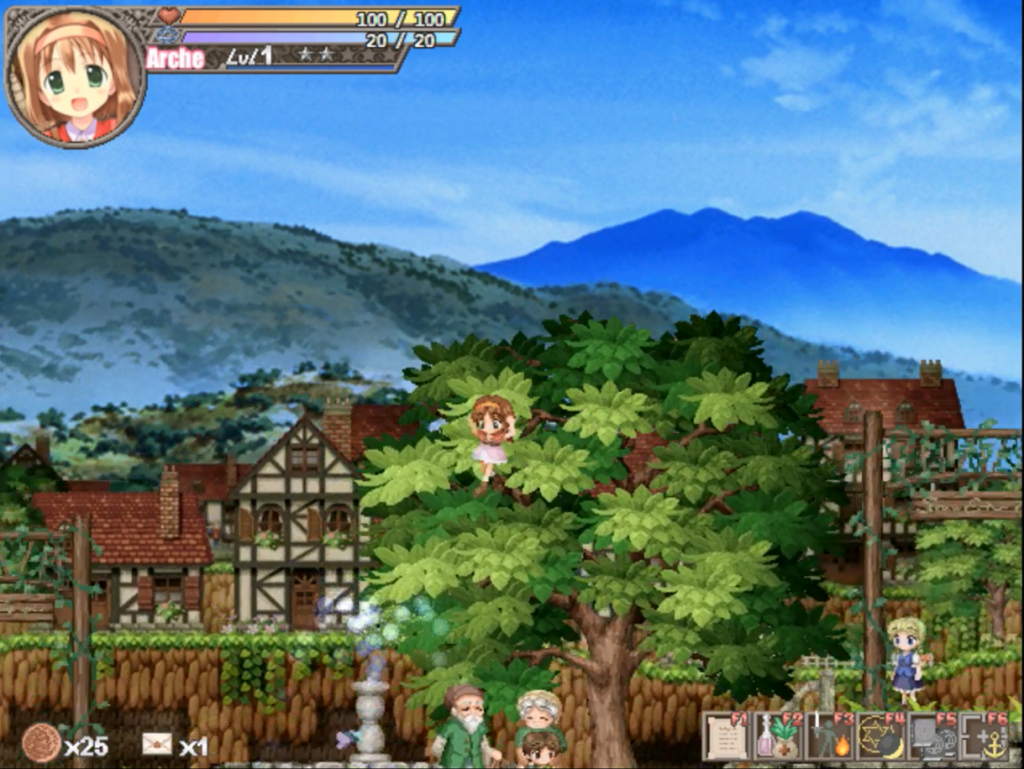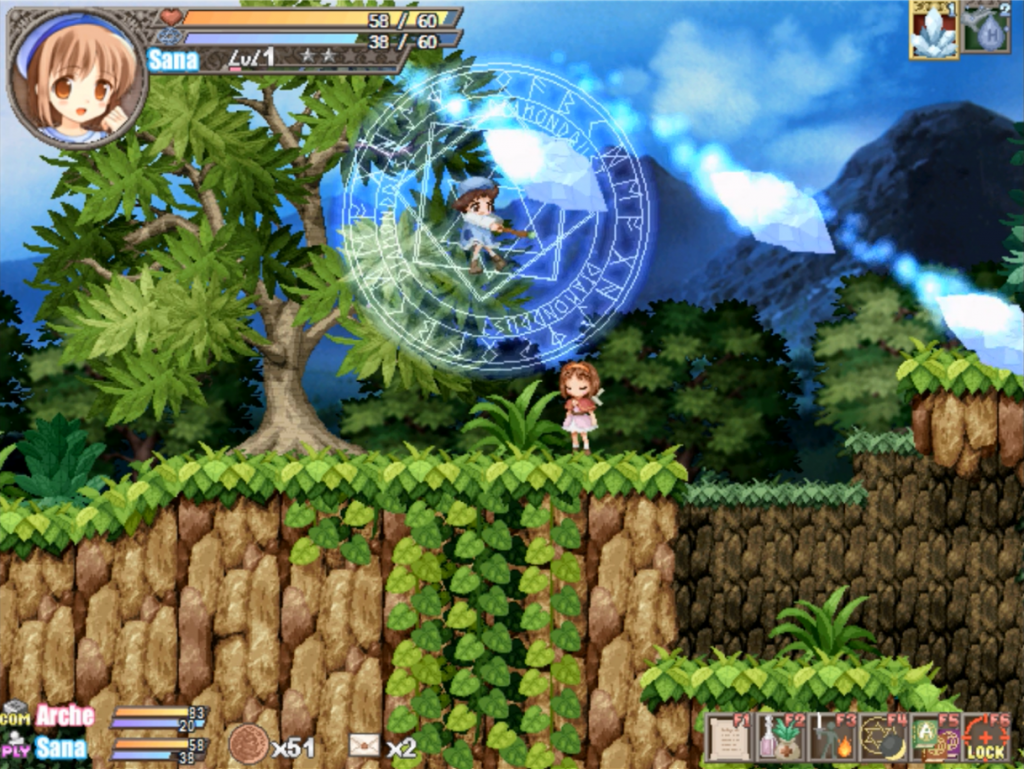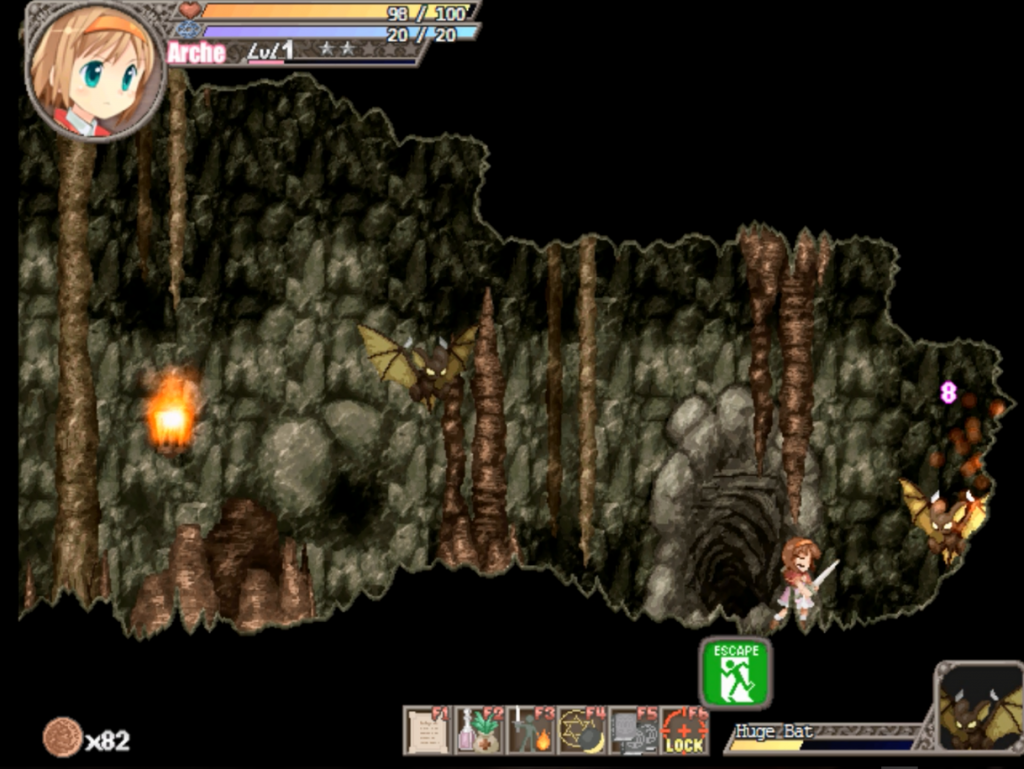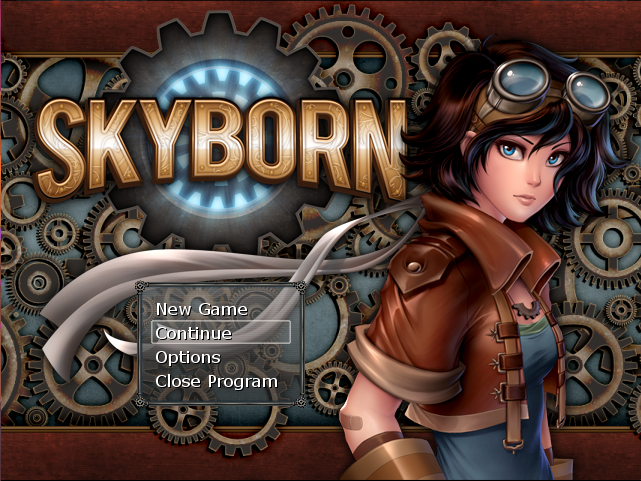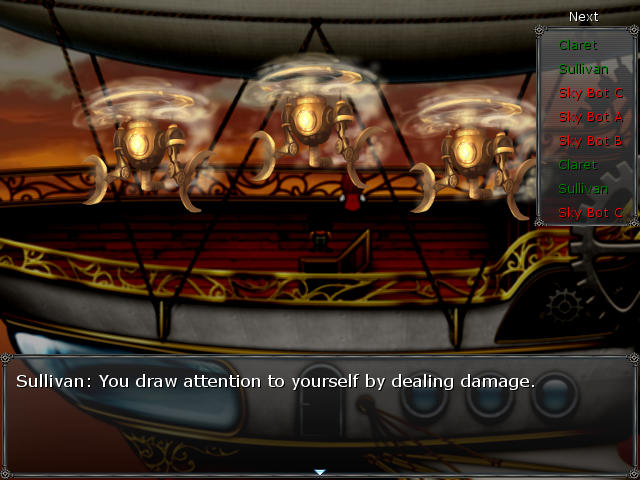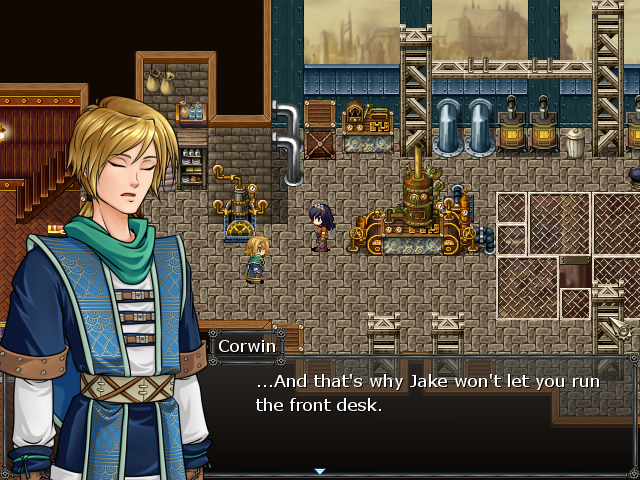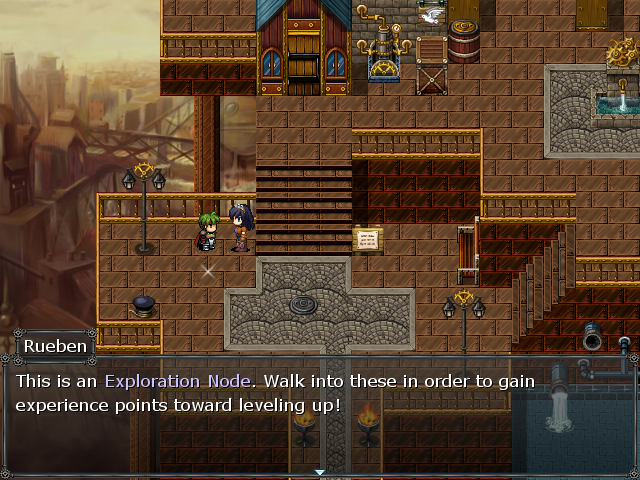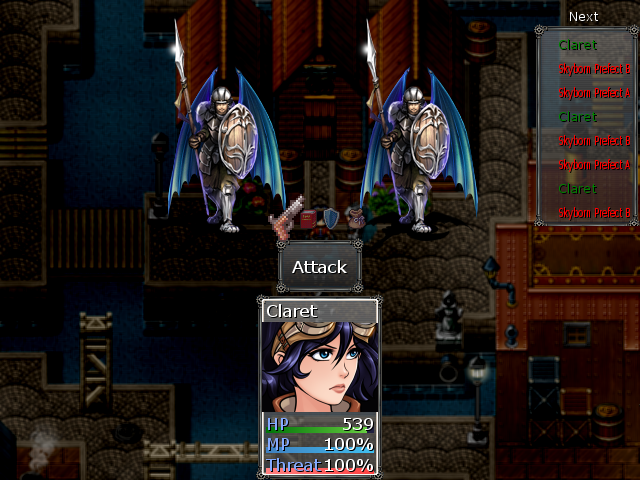And it was written in the book of Game Progressionis, chapter 4 verse 10: “…and lo, unto the success of shootin’ up thugs, villains and hookers bequeathed by the Auto of Grand Theft, truly I say unto you, all early 2000’s shootin’ games will neigh eventually succumb to the same mold–even Hitman: Contracts. אָמֵן.”
There are a ton of improvements between Hitman 2: Silent Assassin and Hitman: Contracts but I’m going to ruin the ending and tell you that sadly, in spite of all of its improvements, it’s Tier 3 material. As you probably gathered from the intro, it’s just another 3rd-person shooter Grand Theft Auto wannabe. I’d probably still rather play this than GTA as I generally find my motivation to immerse myself into GTA to be rather lacking (try actually following the law, it’s probably the most stupid kind of fun you can have in GTA) but H:C still doesn’t strike me as being worth much of anyone’s time who isn’t interested in just shootin’ up thugs and hoes.
Let’s start with the good–and I’m not kidding, there’s a lot of it. Level design has had a massive upgrade–the mission locations actually feel like real buildings. They’re big, have tons of doorways and passages and are not linear at all. Controls have only improved through the progression of the three games, with this one having the best. Movement feels less floaty, interactions with objects in the environment are smoother still, and it’s clear when and where you can interact with things. The environments are populated with a massive amount of NPCs really making the locations feel alive–almost to a fault. There were probably around 100 people on-site in the second mission and the game processed them all smoothly.
Going hand-in-hand with level design, approach to the level itself has mercifully gone back to “strategy discovery” instead of “choose your flavor.” There always seem to be a couple of different ways towards accomplishing your goals and none of them are painfully spelled out to you as in H2:SA. While it will always be easier to execute a bloodbath strategy on your first run through a level, I noticed several points in the level where a stealth approach would be just as viable. Oh, and speaking of stealth, guards no longer immediately gun you down from a football field’s length away for moving faster than a brisk walk–a complaint I made in my review of the 2nd title. It’s pretty safe to jog around a bit in disguise, as long as you don’t do it right in front of a guard or bump into them.
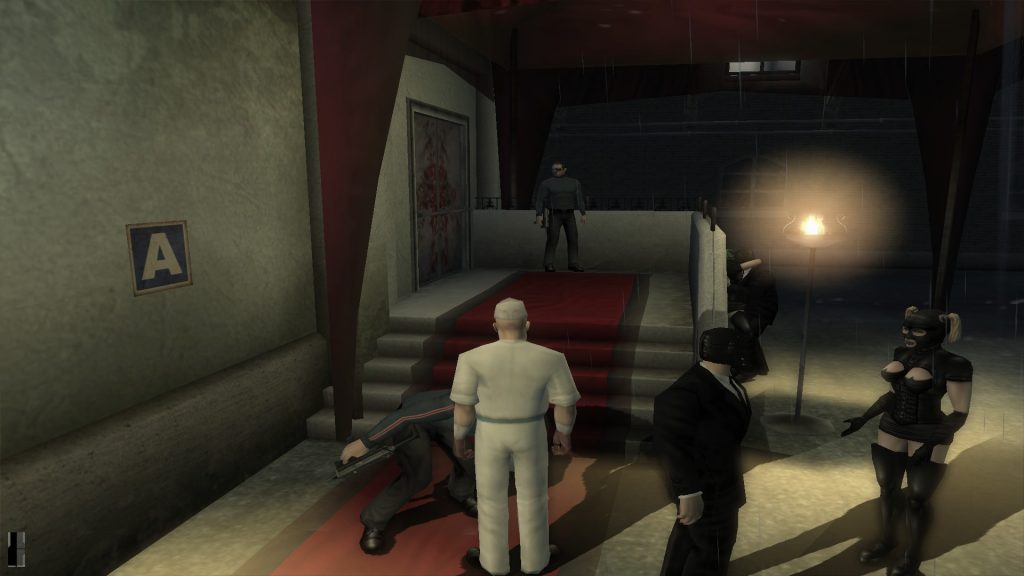
In spite of this vast list of improvements, I still can’t get behind this game. I appreciate the stealth approach but let’s be honest–it’s harder, requires at least 4 times the amount of time to pull off (when you factor in scope-out time, planning and actually executing the mission flawlessly)–it requires prior knowledge of the level, and in some ways is less exciting (albeit more rewarding). The game lends itself far too easily and just runnin’ in and shootin’ dudes. Don’t get me wrong–the game calls you out on it at the end of the level (after shooting up 55 victims that were not my 2 targets, I got the label “Murderer”) but I seriously doubt that the majority of the intended audience playing the game drew satisfaction from much else other than weighing people down with a couple ounces of lead. Additionally, the game doesn’t seem to penalize for it either.
Look, I have no qualms with GTA from a moral standpoint. I may think it’s portrayal of “gangsta” life is shallow, pointless and uninspiring, but I’ve never been the type to shame people for playing it due to its take on ethics. The biggest reason I don’t like GTA is that I find it mechanically to be an unfulfilling game. Combat is point-and-click at best. Weapons may have varying degrees of power but they are all executed the same. While you can have some exciting car-chases with the cops, I always found Driver to be much more fulfilling on this front (keep in mind I’m about 10 years out of date though). It seems that the reason a person would play GTA (and by extension, H:C) is to feel a rush of power from having the freedom to deface, plunder and kill every person you meet. Fair enough, but why can’t that be done on the backdrop of a meaningful game? You could basically do the same thing in Just Cause 2 only there were several other mechanics happening alongside it, not the least of which was creating some awesome Hollywood explosions in the name of “anti-terrorism.”
Back on track and to the final supporting point indicating the weak creation of an effortless power fantasy is the horrible and literally sheep-like AI that the NPCs, both armed and unarmed, display. It reaches a point in H:C that goes beyond a lack of self-preservation and enters into a realm of wince-inducing stupidity. In a room filled with about a dozen dancing people, around 2 of them armed, I was allowed to walk in and pick them off one by one (in various ways) whilst they took no notice of me, their murdered friends, or the puddles of blood that were undoubtedly beginning to pool around their still-dancing feet. Likewise, in a room where I was “discovered” by some guards who opened fire on me, I rounded a corner, picked a few of them off, walked back into the room and and the rest of them ignored me completely. I understand that I had the game on normal mode and not some of the higher difficulties, but I expect “normal mode” to be the “normal” method through which the game was intended to be experienced which seems to send the message of “you’re an idiot, so we made the enemies even stupider than you.” Bullet sponging is also on par with H2:SA, in that guards must empty rounds of clips into you before you finally die.
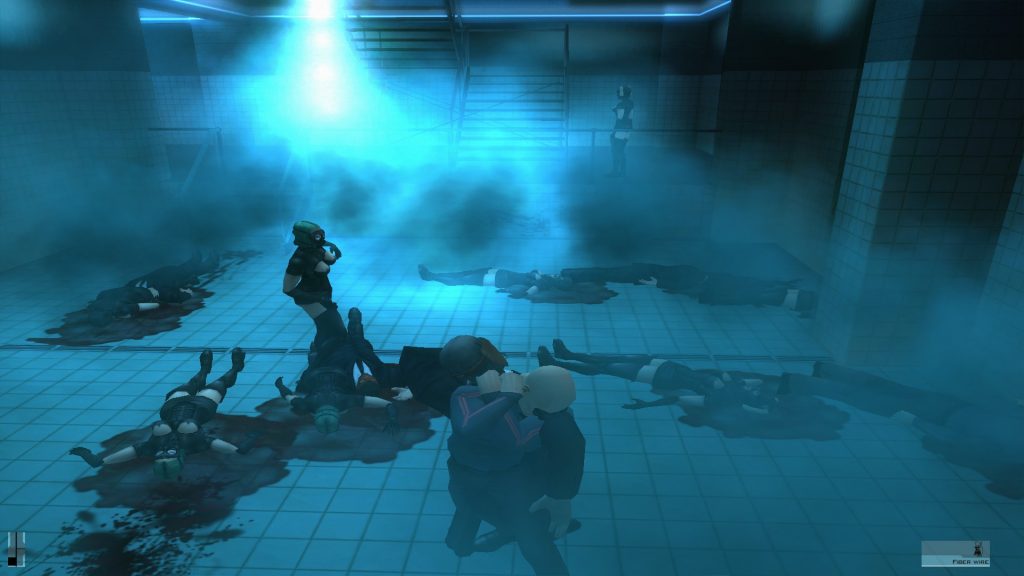
I’m glad H:C made some huge improvements over its two previous titles. I’m happy to see the levels themselves opening up and expanding into something that begins to feel exciting. Overall though, I just feel like this one is also not worth the time it would take to play it. What do you gain from it? What do you take away? Not a whole lot in any department.
